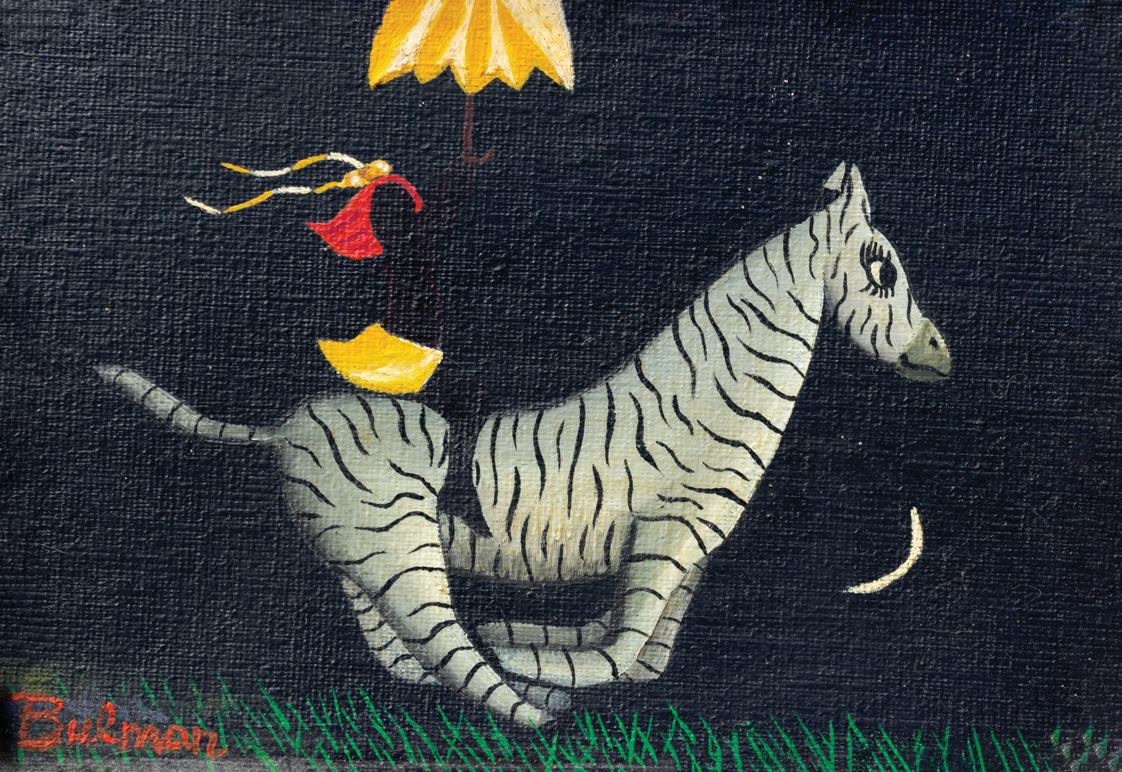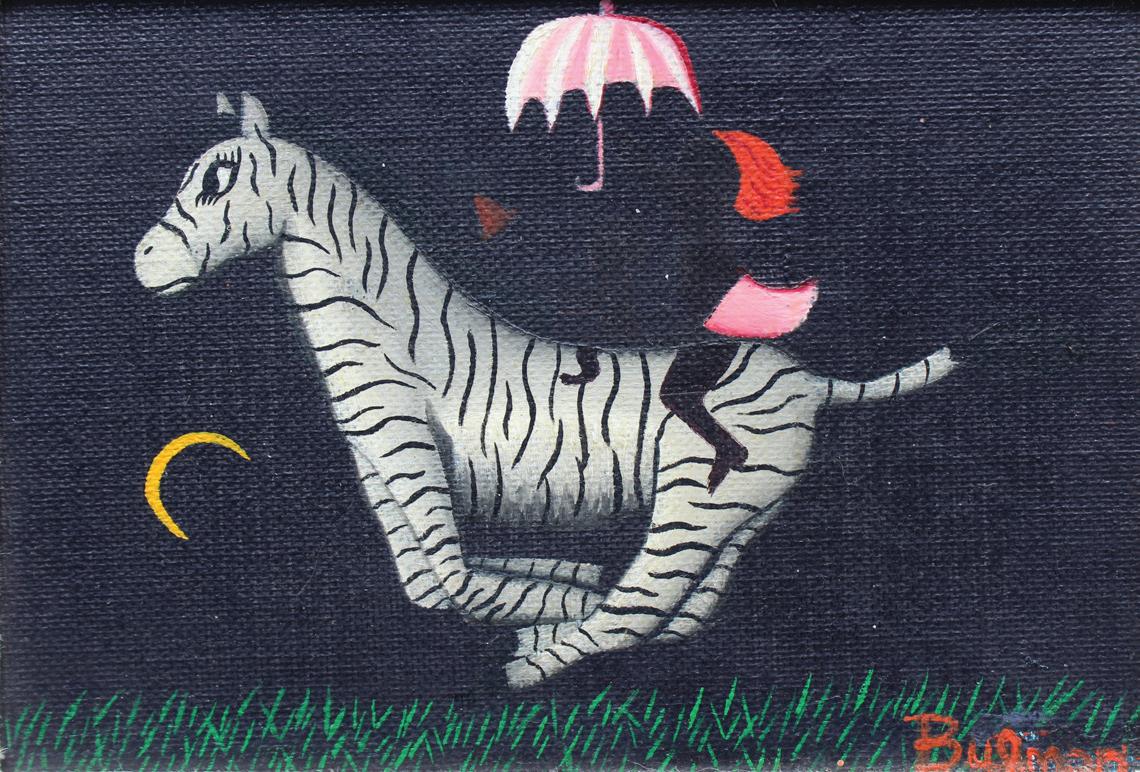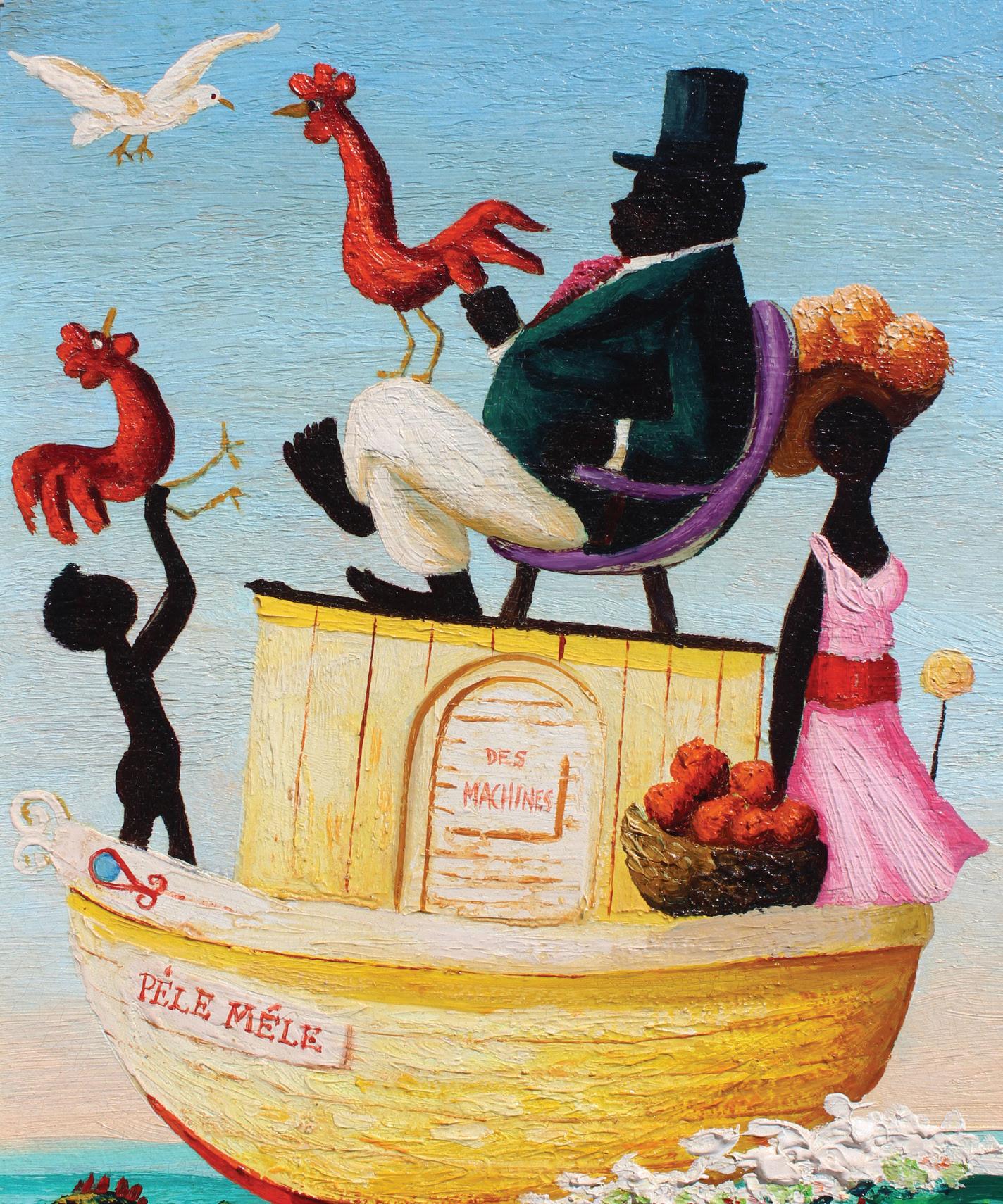FINDLAY GALLERIES





















THREE CENTURIES IN ART
































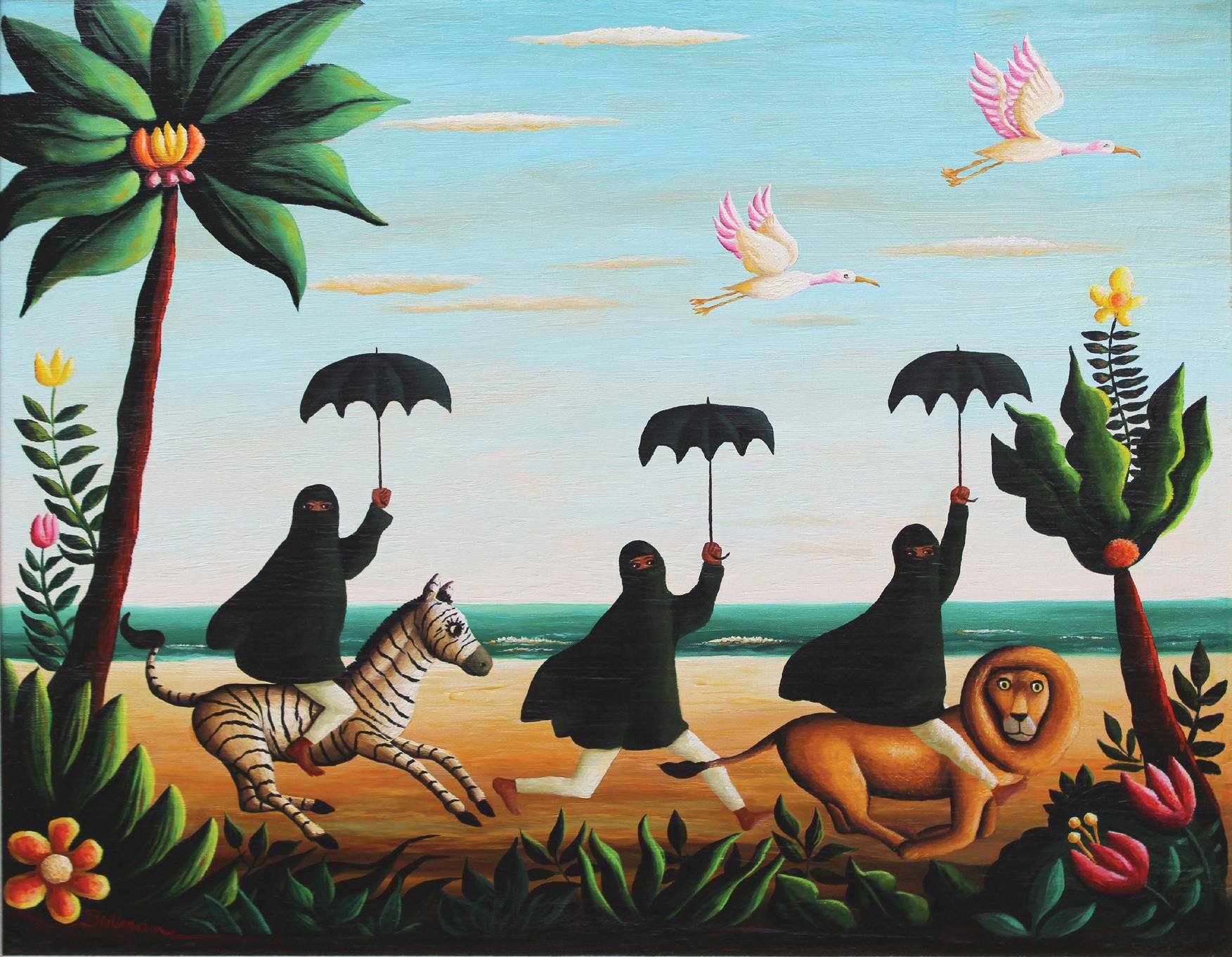
Findlay Galleries is proud to present Primitive Worlds, an exhibition featuring paintings by Camille Bombois, Orville Bulman, Henri Maïk, Ljubomir Milinkov, Annette Ollivary, and Gustavo Novoa, opening at our Palm Beach gallery in December 2022.
While the first Naïf painters made an appearance in the 1600’s, the work of Henri Rousseau in the late 1800’s strongly influenced a future generation of artists who desired a primitive freshness in their work. The unfettered creativity that came with being self-taught defined the Naif painter. As modern living reached all continents in the 20th century, the art world developed an affinity for the sophisticated simplicity of Naïf paintings, contrasting the graying and troubled world outside.
Beginning in 1931 with an exhibition at his Chicago gallery, Wally Findlay was the first US art dealer dedicated to developing and representing European Naïf painters. Findlay Galleries’ first selection of works by Rousseau and Bombois eventually expanded to include contemporary artists such as Maïk, Ollivary, and Novoa. This new group used the Naif style of painting to create art outside traditional realms; objects, landscapes, and creatures exist in an everlasting Eden. While different from their predecessors, they remained true to the craftsmanship, manifest sense of composition, expressive use of color, and solid foundation of design typical of Naïf painters. Findlay Galleries is delighted to share their creativity with you in Primitive Worlds.

Annette Ollivary was born in Marseille on December 12, 1926. As a young woman, the beautiful things in her grandfather’s collection were fascinating objects to study and cast a poetic spell over her work. Along with those thoughts, her grandfather told her of his adventures on the island of Madagascar, where he went on lion hunts and encountered natives who, in his eyes, were “good savages” dreamed of in the philosophical system of Jean-Jacques Rousseau.
From Marseille, Annette Ollivary went to Paris to study painting at the Académie Julian. Those who see her paintings today are inevitably reminded of the work of Rousseau, but the resemblance is only superficial. Annette declares that she had never seen any of his work when she started to paint. A careful study of her canvases reveals that any parallel between her work and that of Rousseau is not justified. Annette paints in a manner that is distinctly her own.
Her subjects evoke the initial impression of “primitive” or “naïve” painting. She is occupied with a world that seems linked to a Golden Age or a lost Garden of Eden. Her forests and fields are filled with gentle creatures of the jungle living together in peace. The benign lions and tigers are the pets of the bemused children who play in the forests.



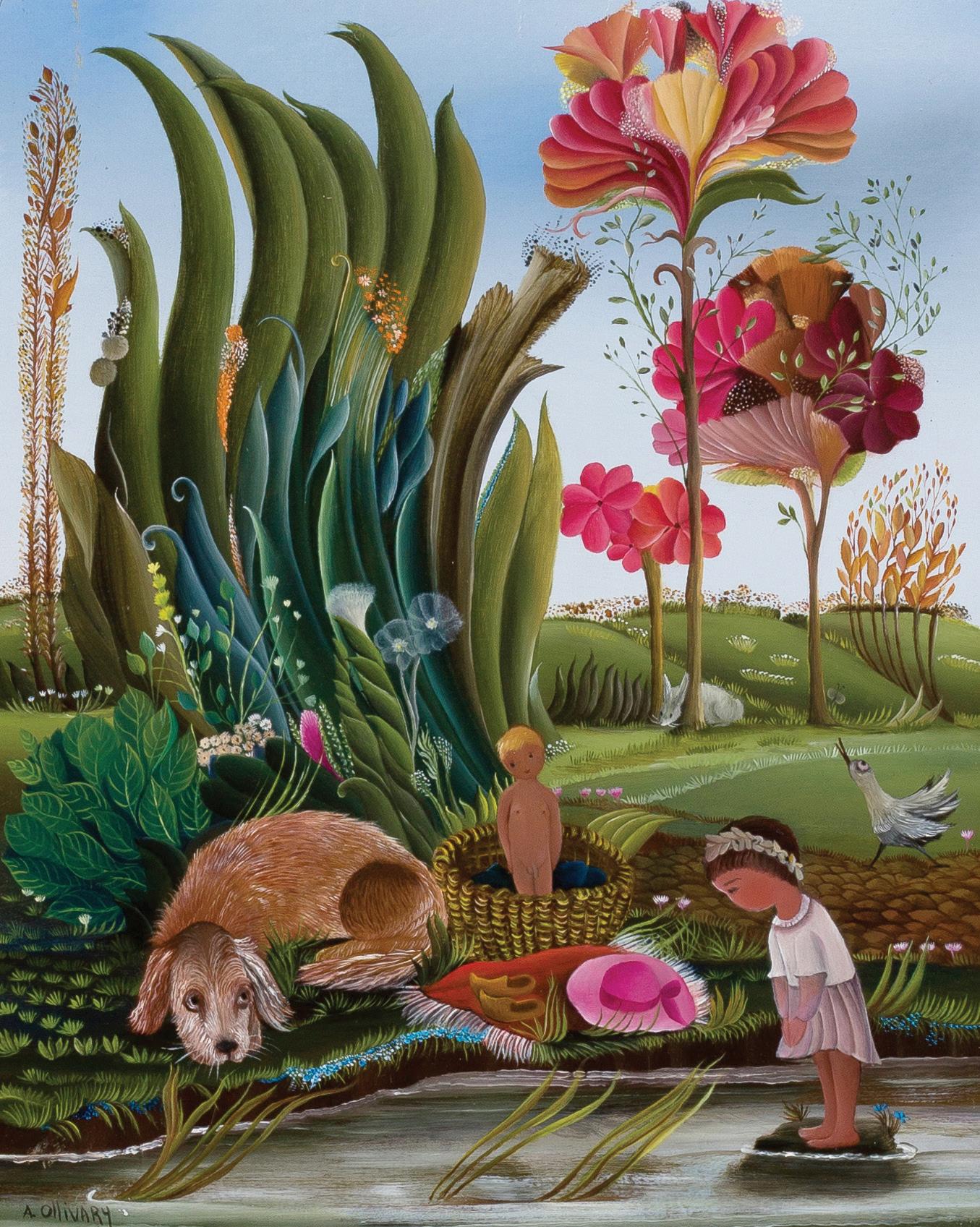







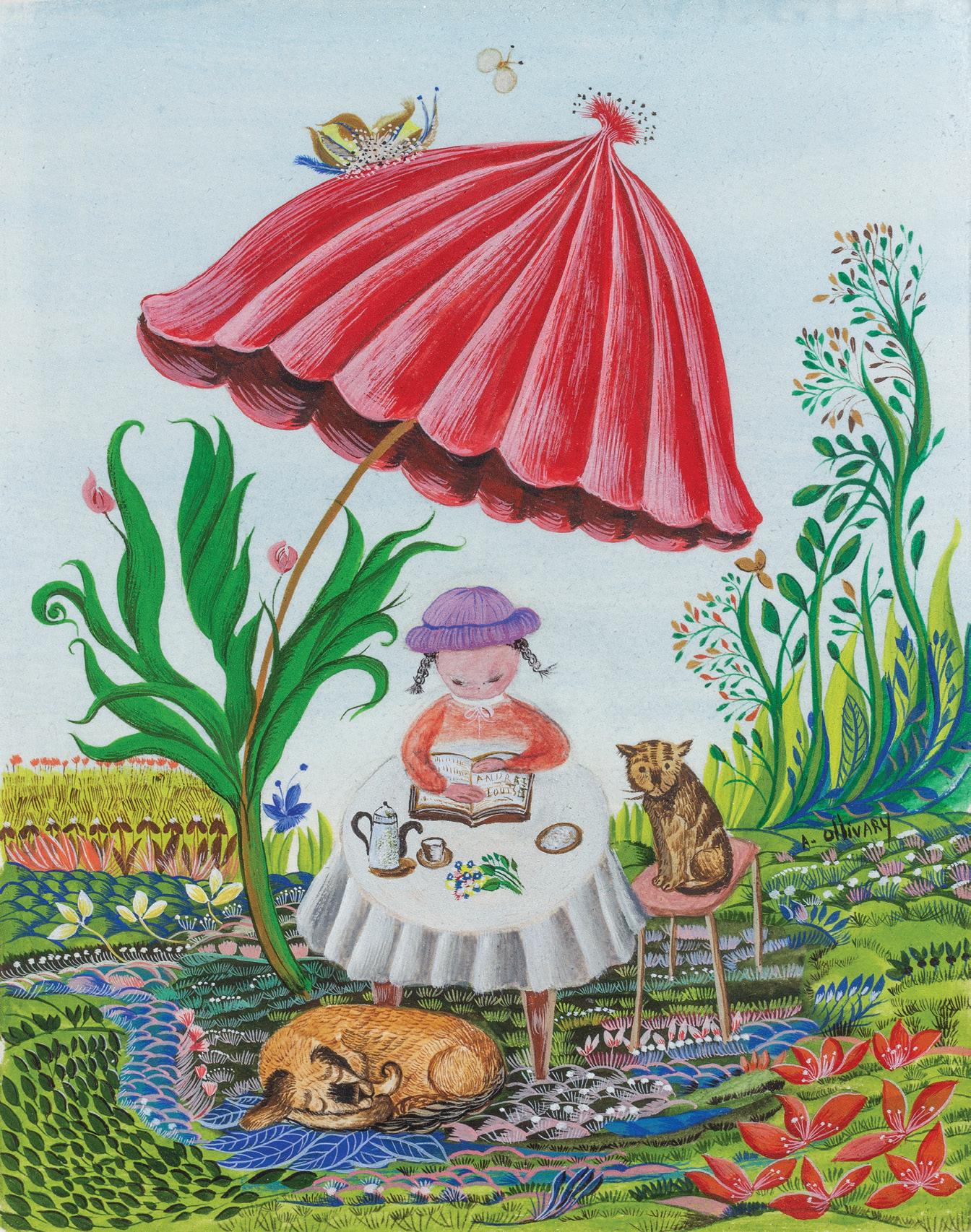



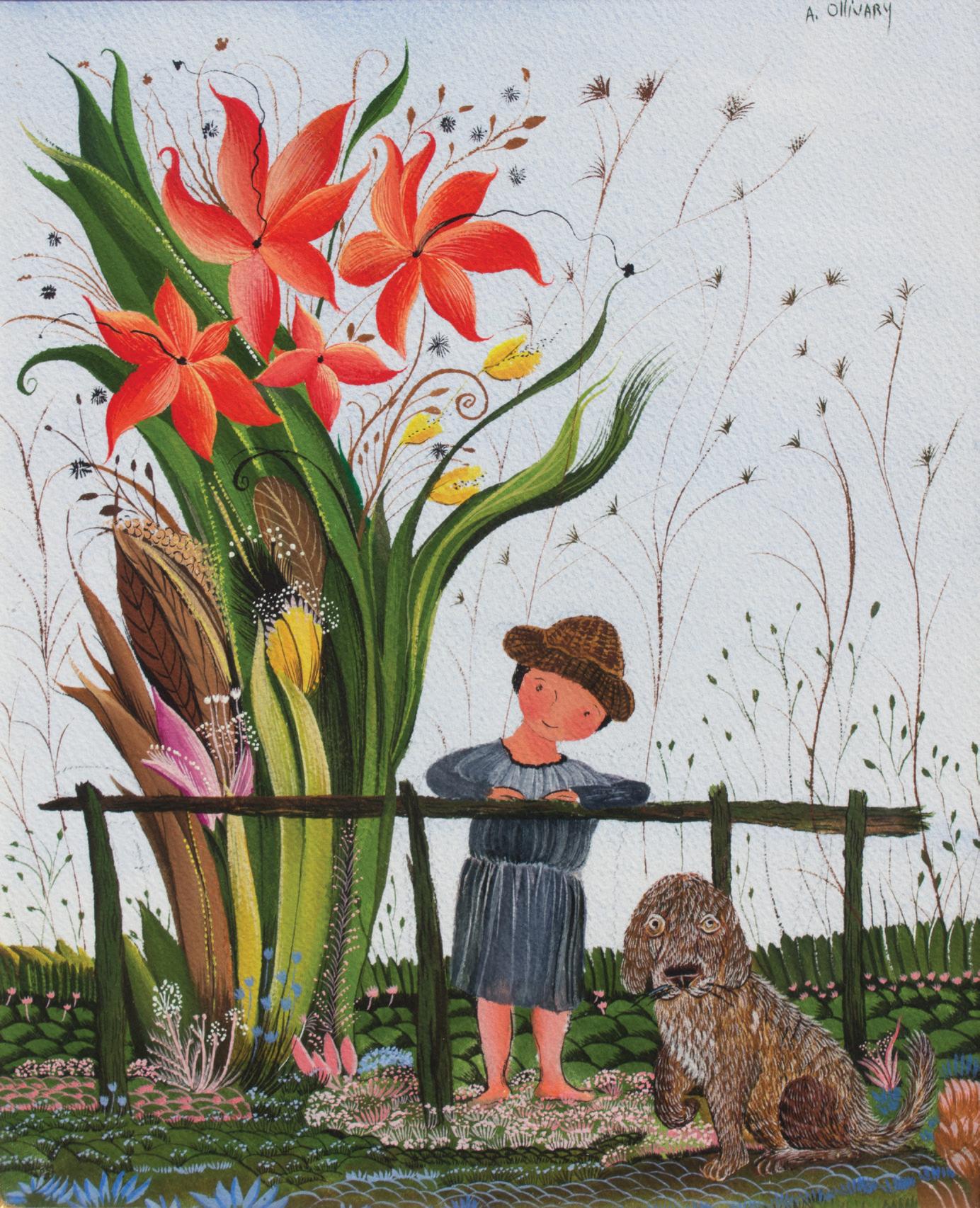


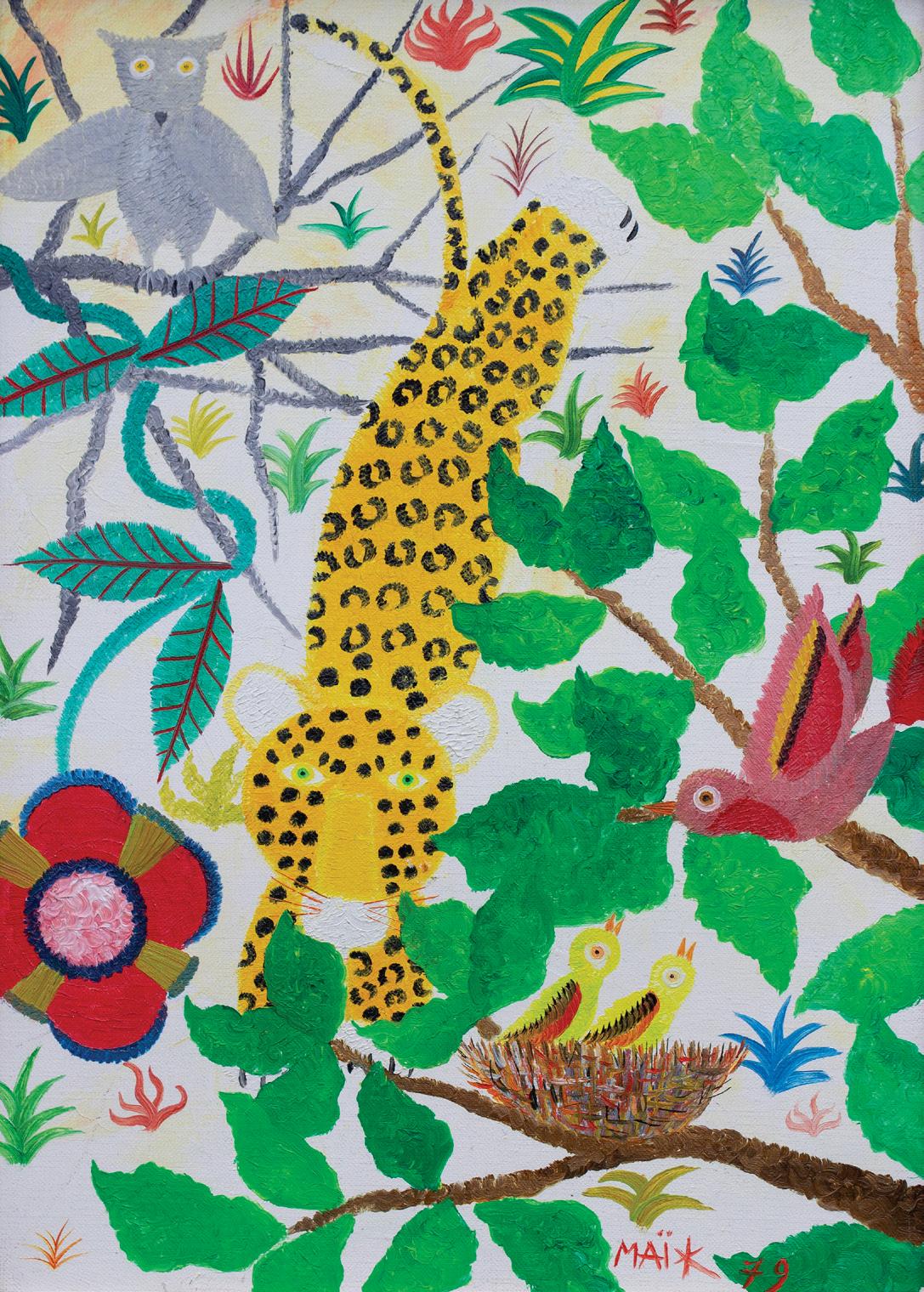 Henri Maïk | Le reveille du hibou, 1979 | oil on canvas | 13 x 9
Henri Maïk | Le reveille du hibou, 1979 | oil on canvas | 13 x 9
Maïk’s palette ranges from muted, nearly monochromatic tonalities to accents of sharp, arresting color notes, which have an intense staccato quality. Maïk combined certain qualities into his paintings that suggest elements of folk art, primitive painting and mosaics and textile art. He drew strongly on the world of fantasy for images, which have overtones reminiscent of Mayan or Aztec legends, the Arabian Nights Tales, and even Hans Christian Andersen.
It is incredible to find that such an imaginative painter, skillful in achieving great diversity in pigmentation and mood, has had his background in various brief careers such as a medical corpsman in the French Navy, lumberman in Normandy and actor in the French theater.
This versatile and creative artist was born in Paris on March 27, 1922. His father was a painter and engraver, Joseph Hecht. Consequently, Maïk became familiar with this highly specialized art form. He received no formal art training, and it was not until about 1956 that Maïk seriously considered devoting his energies to art. The year 1960 marked a turning point in Maïk’s career. He had his first one-man show in Paris, followed by a series of successful exhibitions with a specific theme: Indians in 1962 (after a trip to the United States and Mexico); The Birds in 1962; The Waters in 1963; The Hunt in 1964; Means of Locomotion in 1964 (catalogue preface by Jacques Prévert). That same year Maïk had his first United States exhibition at Wally Findlay Galleries in Palm Beach and continued to be exclusively represented by the gallery until his death in 1993.
Henri Maïk | Maman Tigre, 1987 | oil on canvas | 9 7/16 x 13 in. | FG© 140239
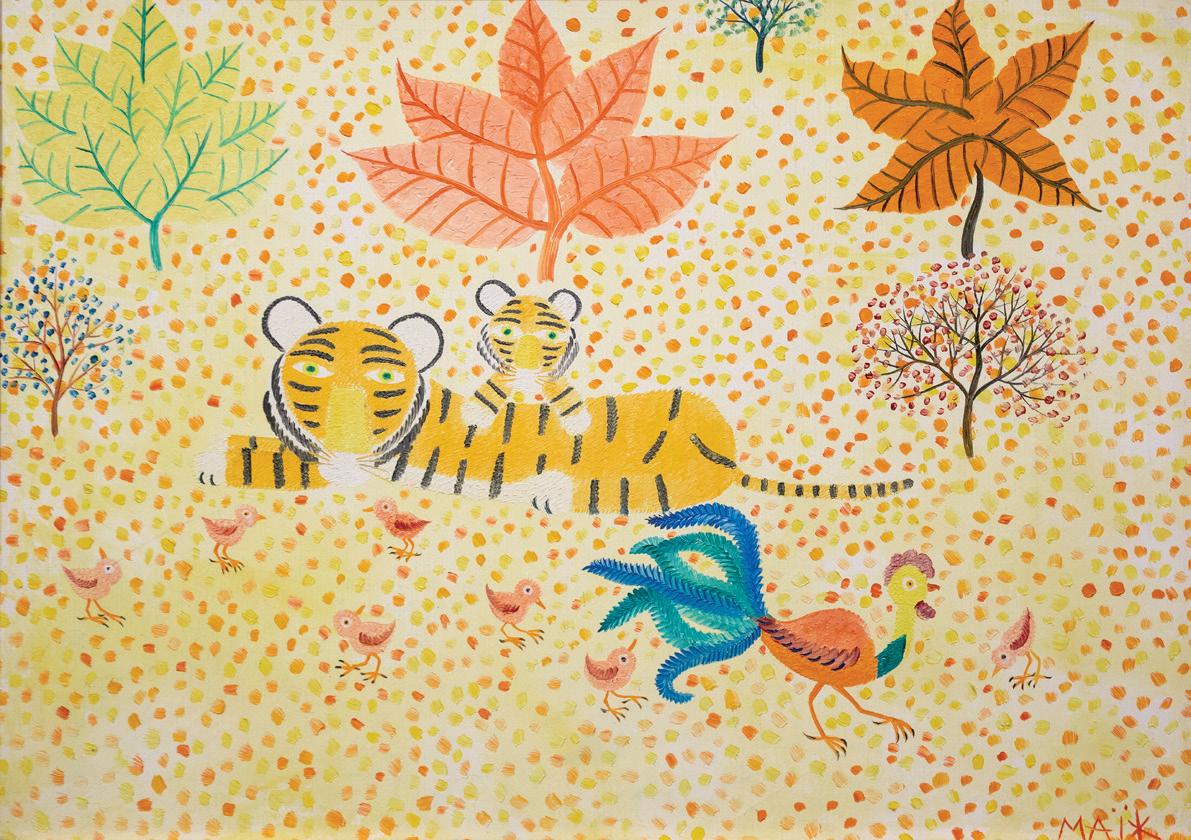




Henri Maïk | Rencontre, 1987 | oil on canvas | 19 7/16 x 13 in. | FG© 140238
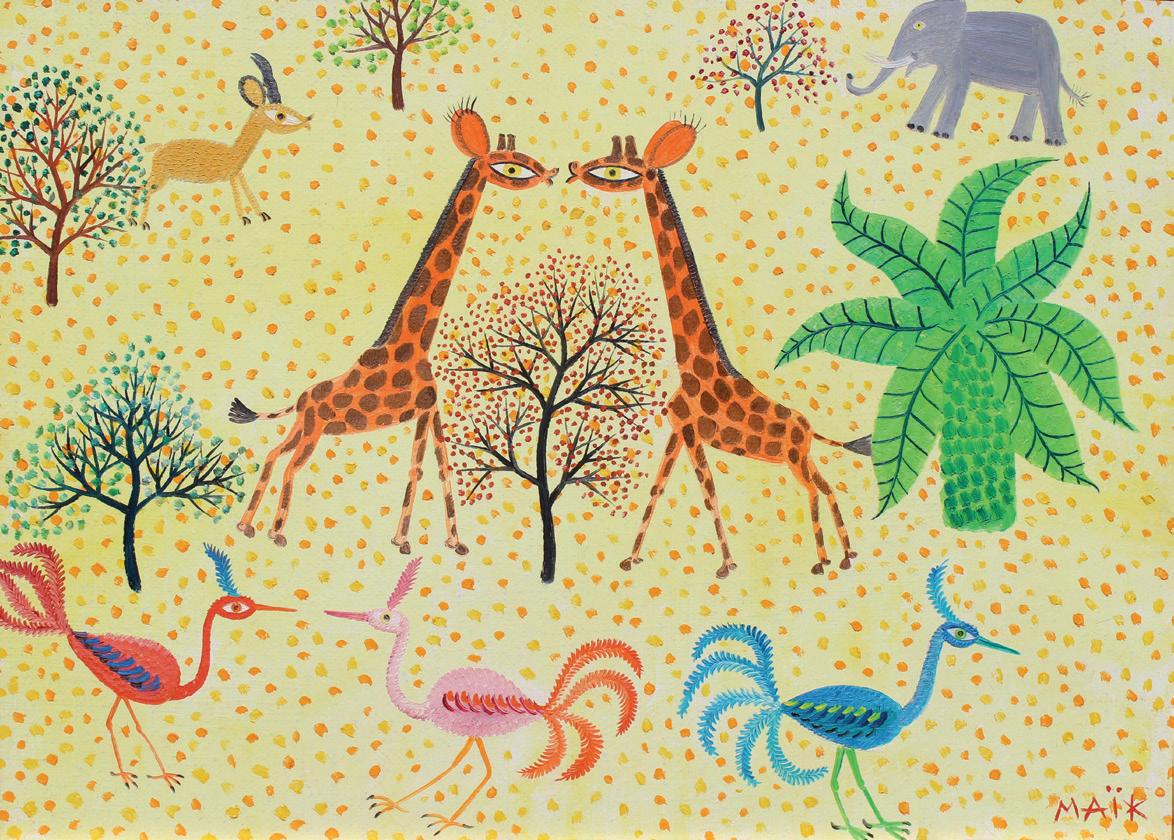


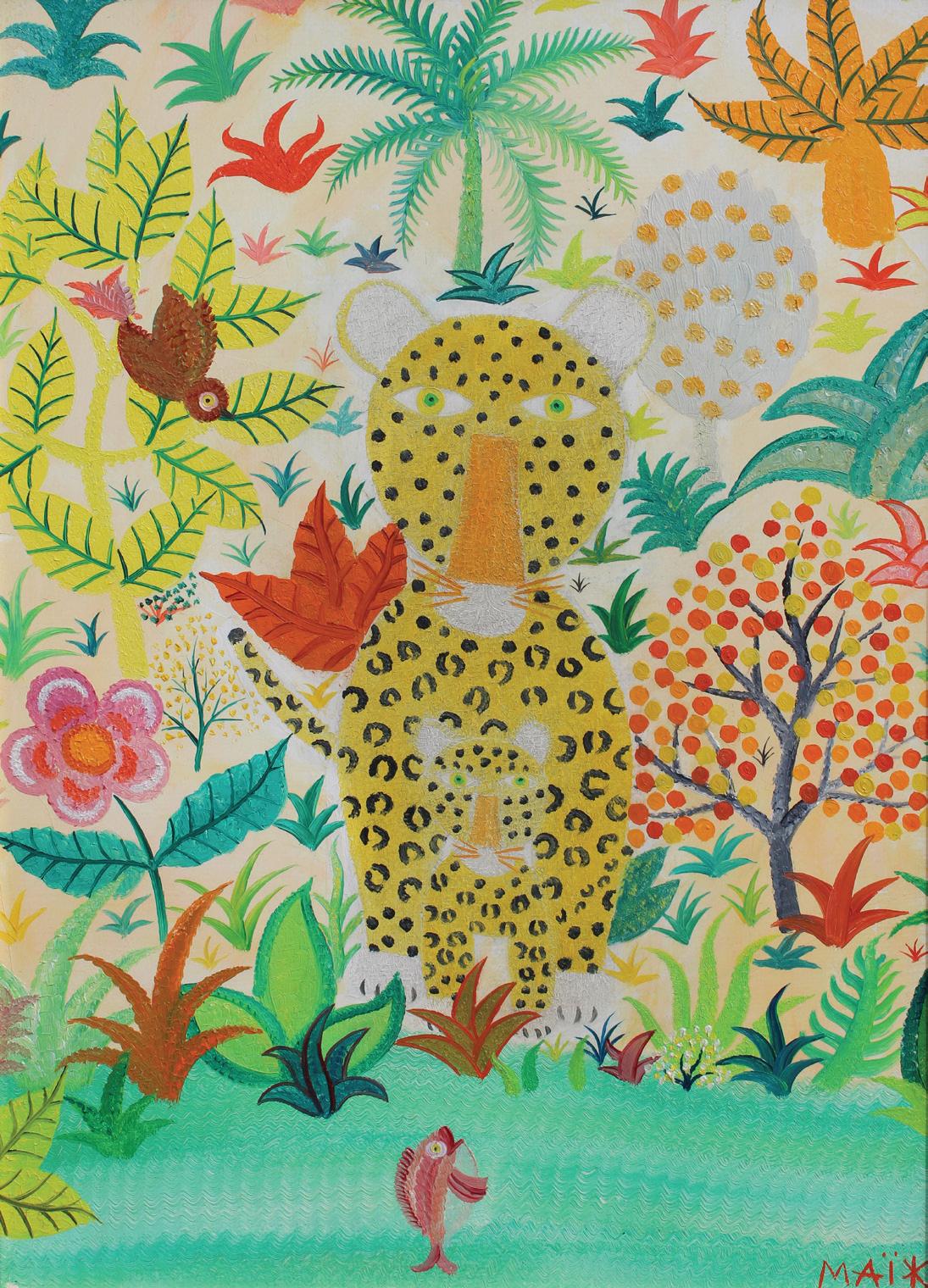 Henri Maïk | Bord de l’eau | oil on canvas |
Henri Maïk | Bord de l’eau | oil on canvas |
Henri Maïk Jungle Debut, 1972 | oil on panel 59 x 78 3/4 in. (four panel screen) FG© 140754

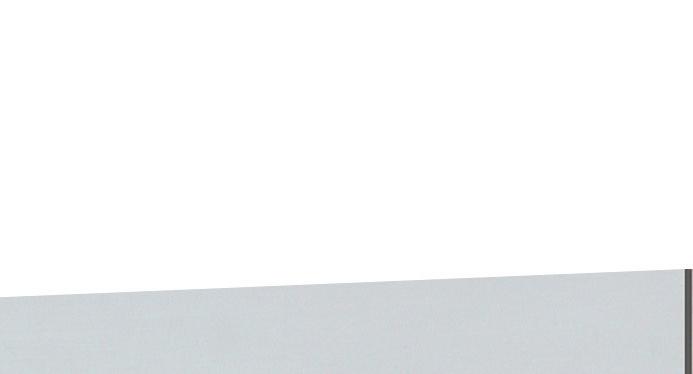
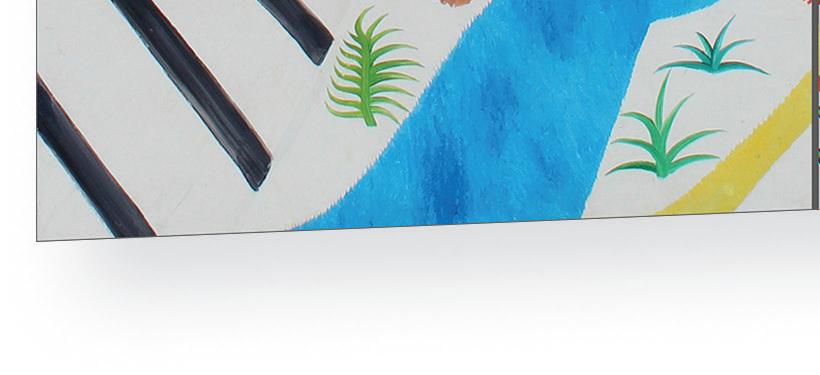

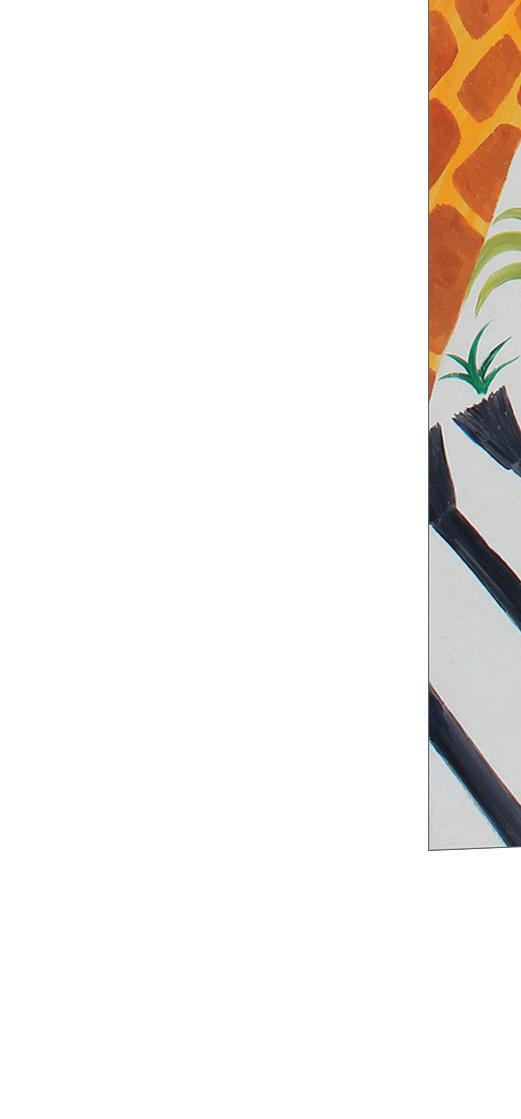

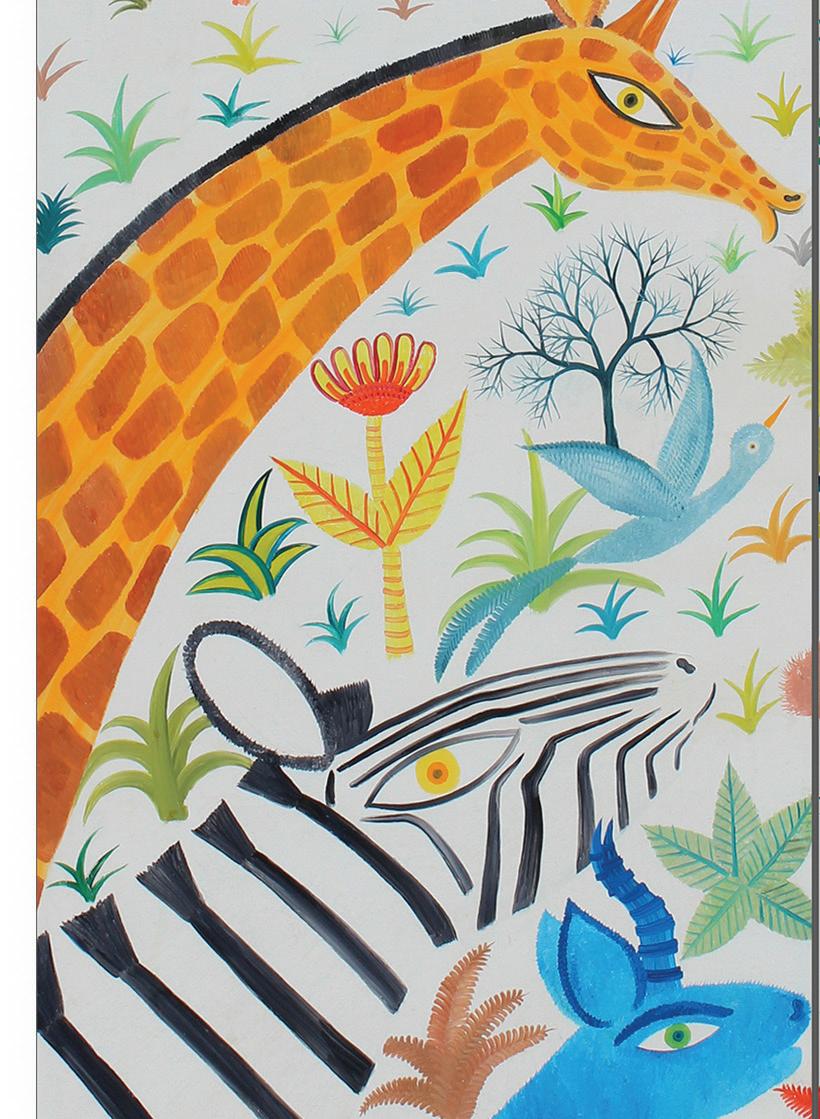

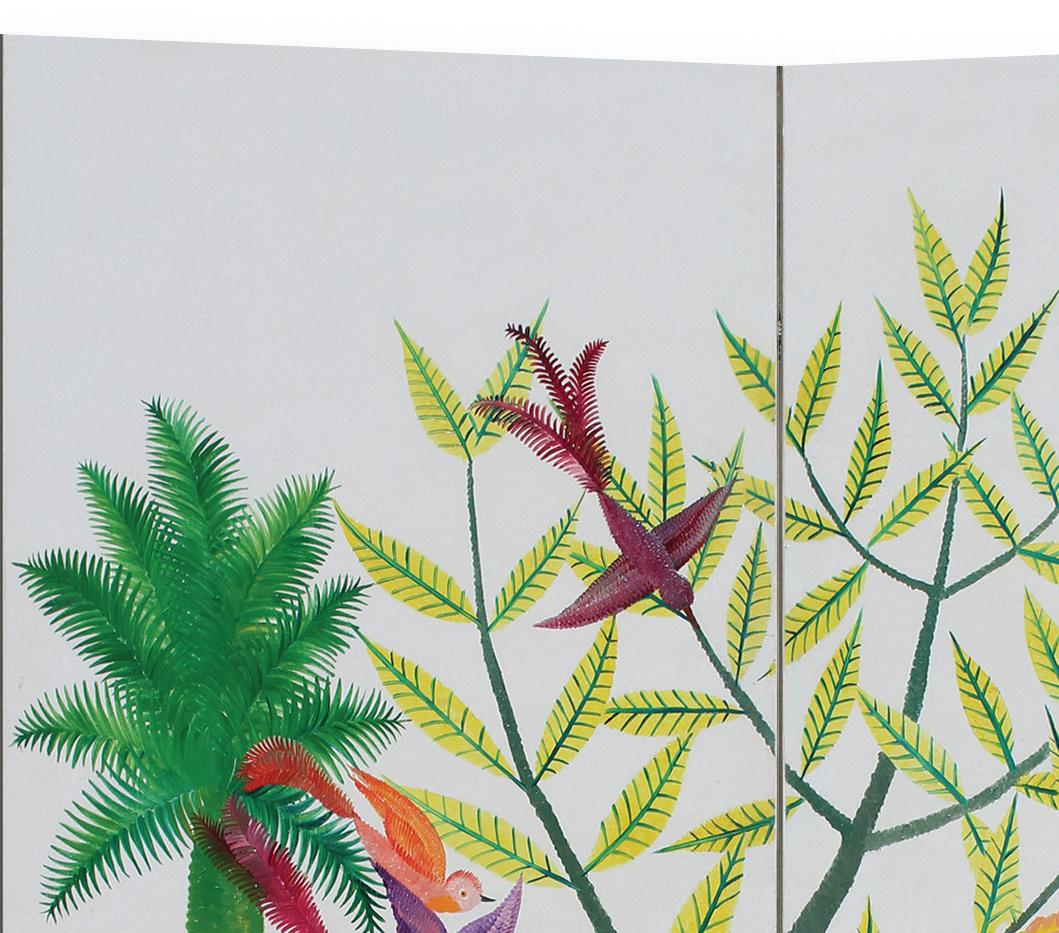
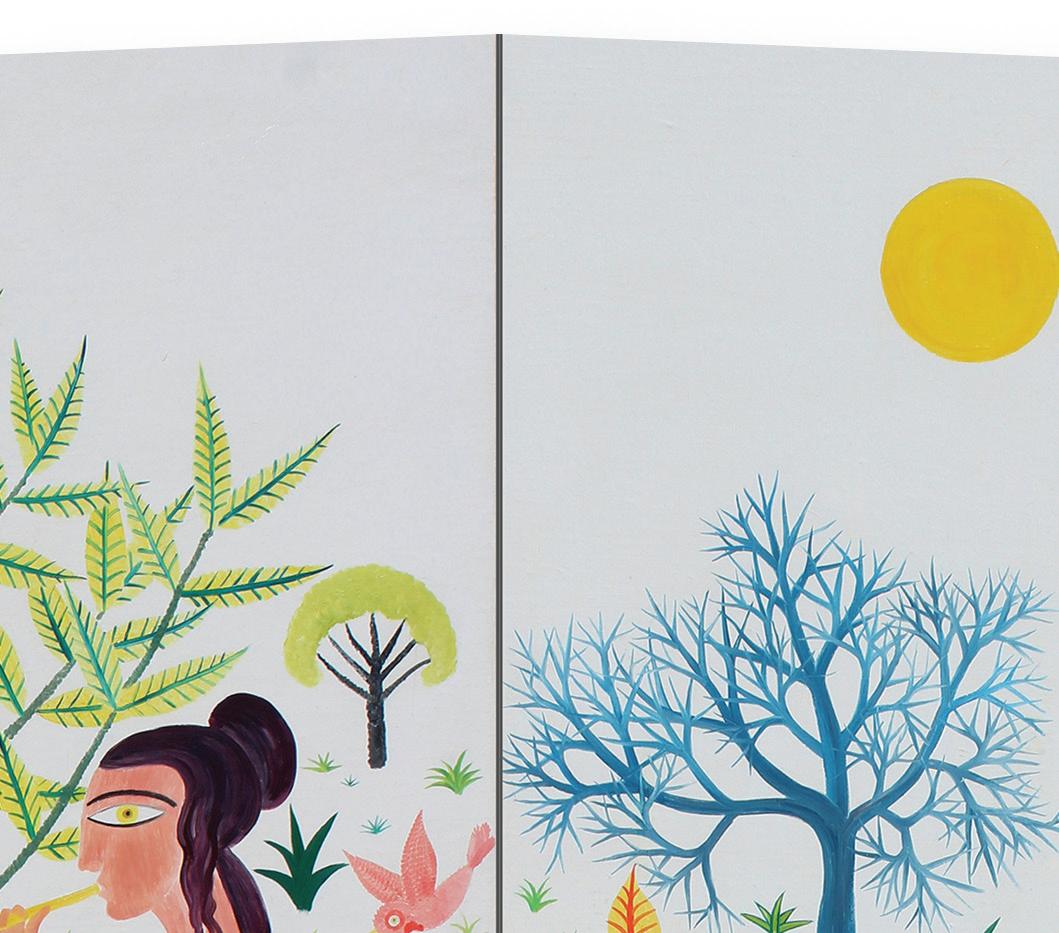


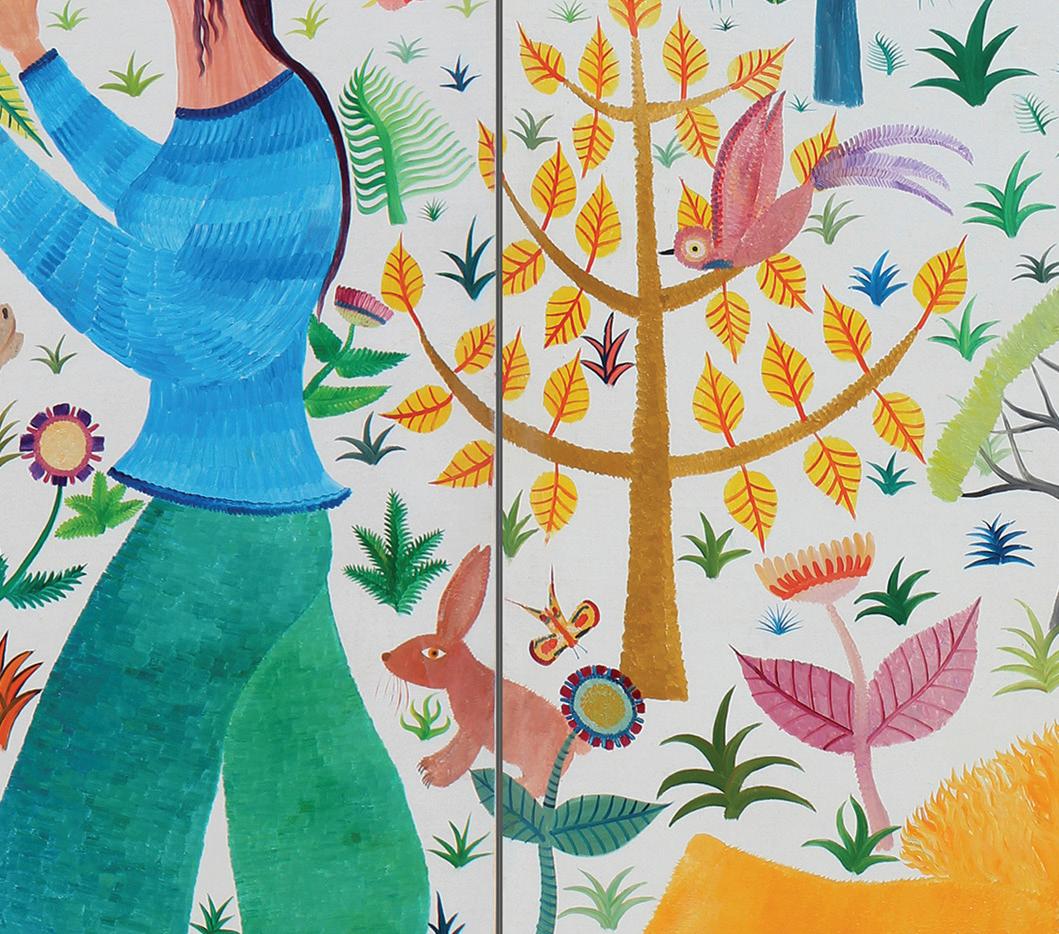









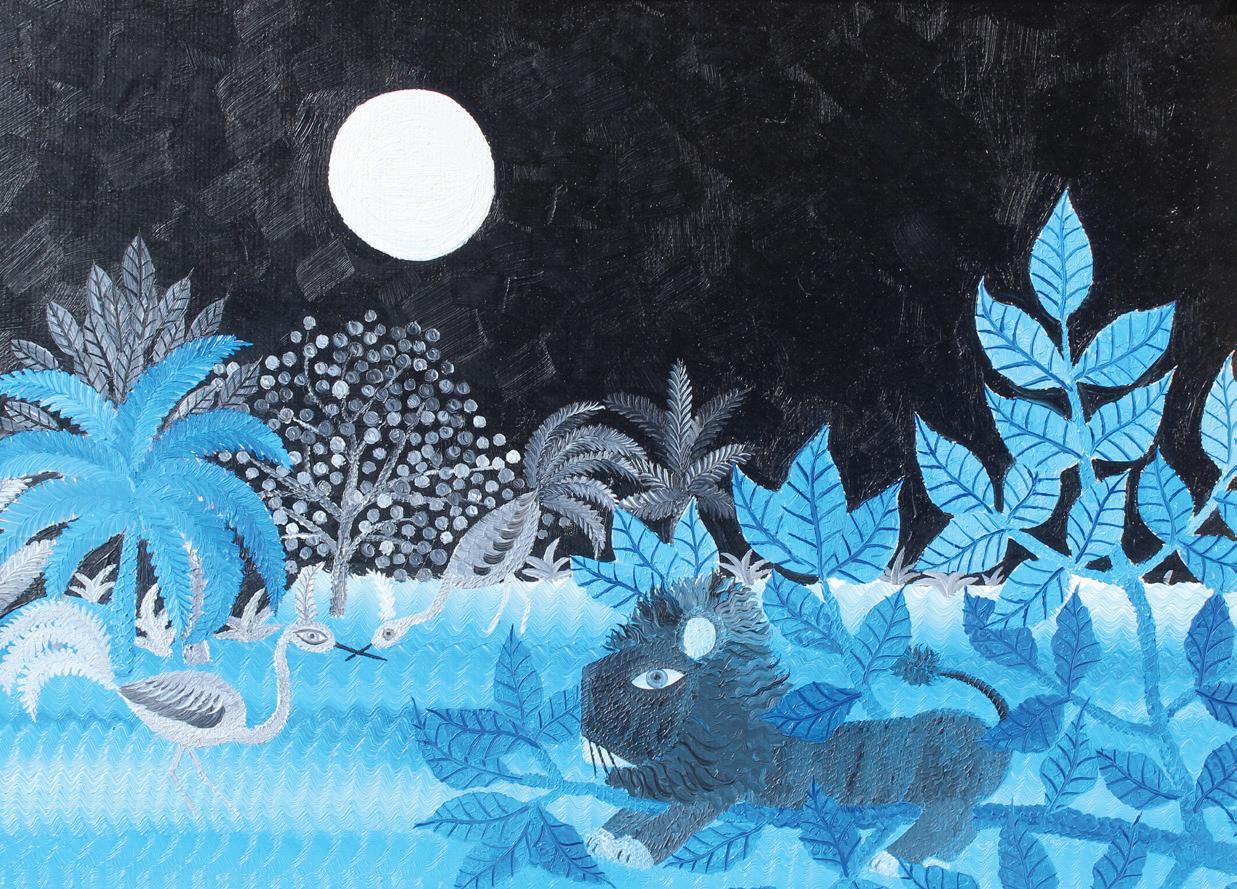


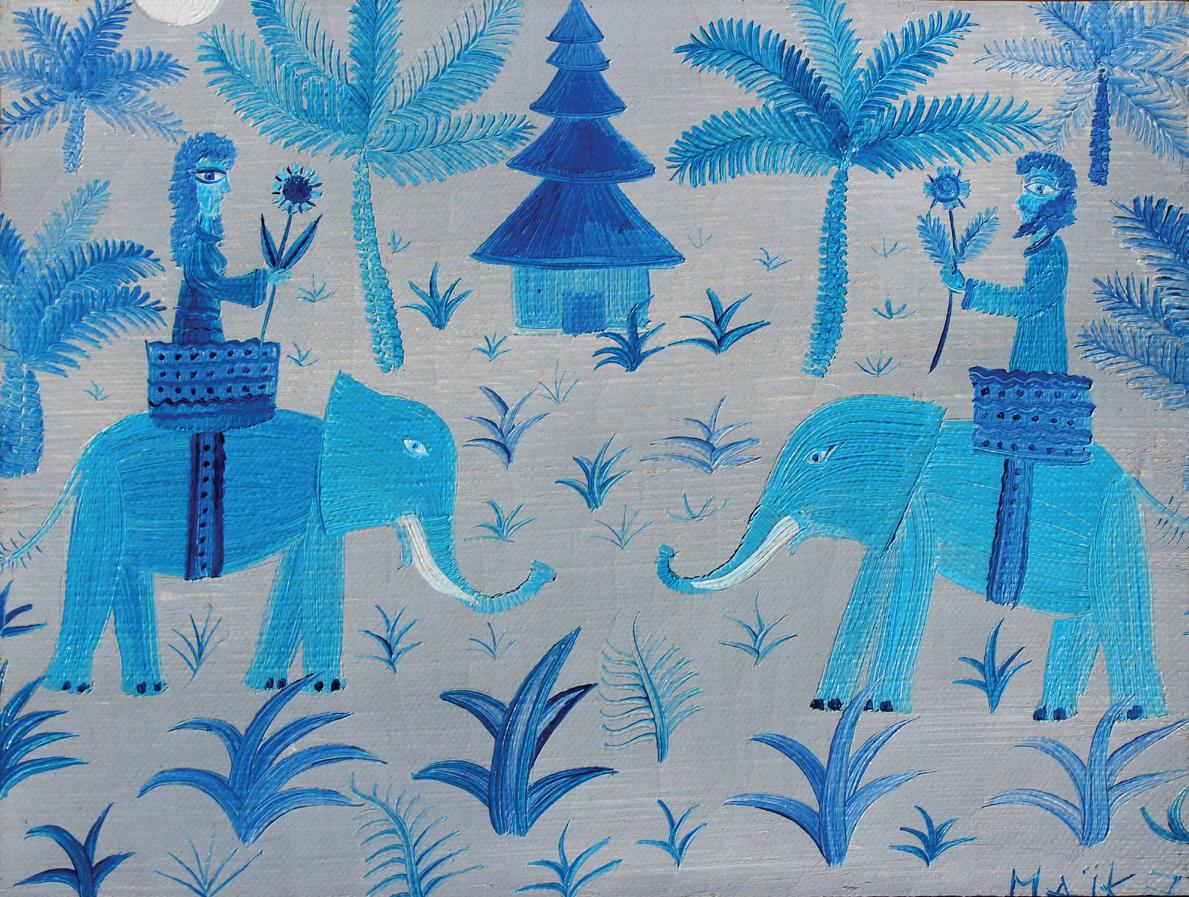 Henri Maïk | La lune | oil on canvas | 9 7/16 x 13 in. | FG© 140833
Henri Maïk | Love story au clair de lune, 1972 | oil on canvas | 5 1/2 x 7 1/16 in. | FG© 140866
Henri Maïk | La lune | oil on canvas | 9 7/16 x 13 in. | FG© 140833
Henri Maïk | Love story au clair de lune, 1972 | oil on canvas | 5 1/2 x 7 1/16 in. | FG© 140866








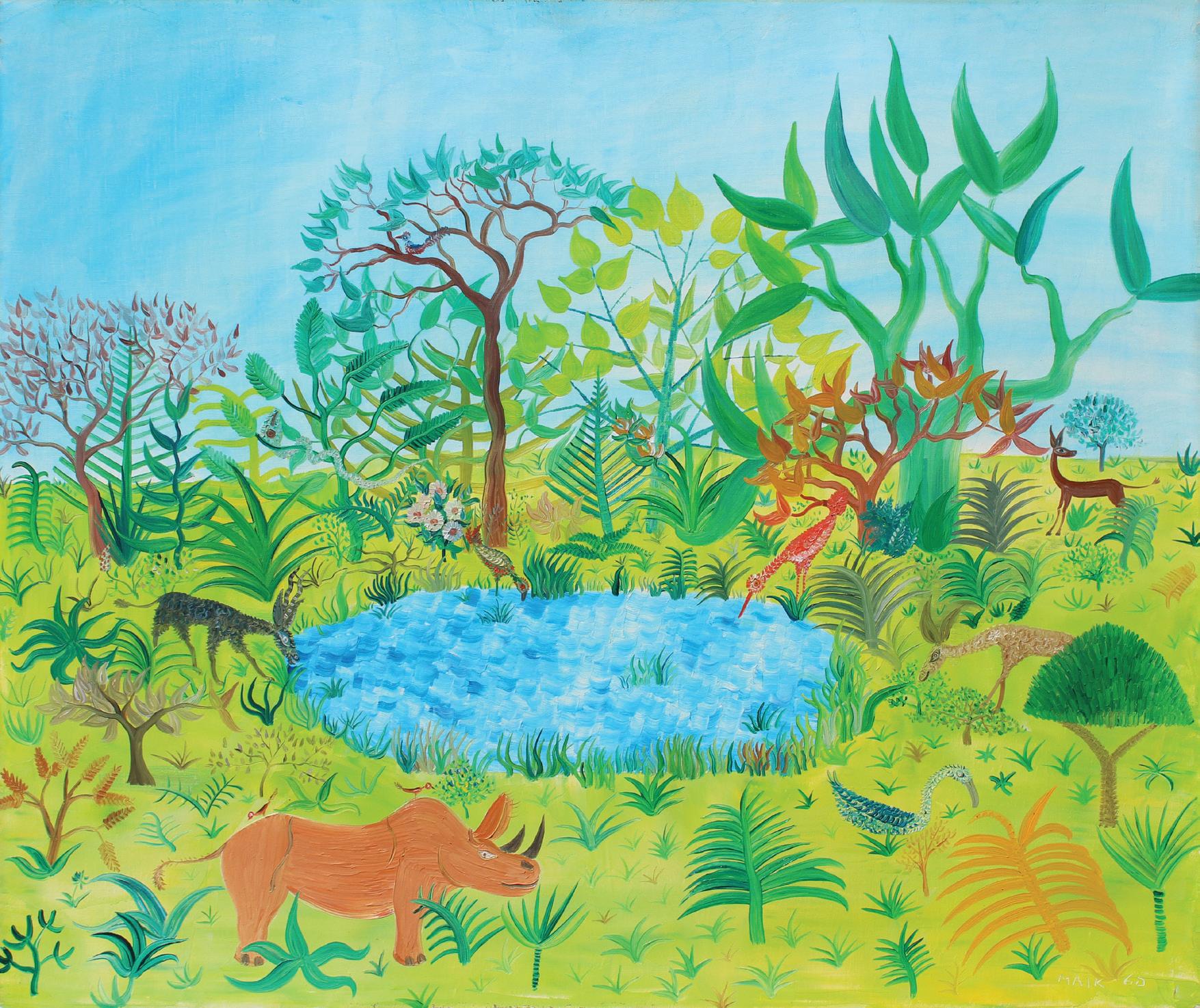 Henri Maïk | La mare aux animaux, 1965 | oil on canvas |
Henri Maïk | La mare aux animaux, 1965 | oil on canvas |


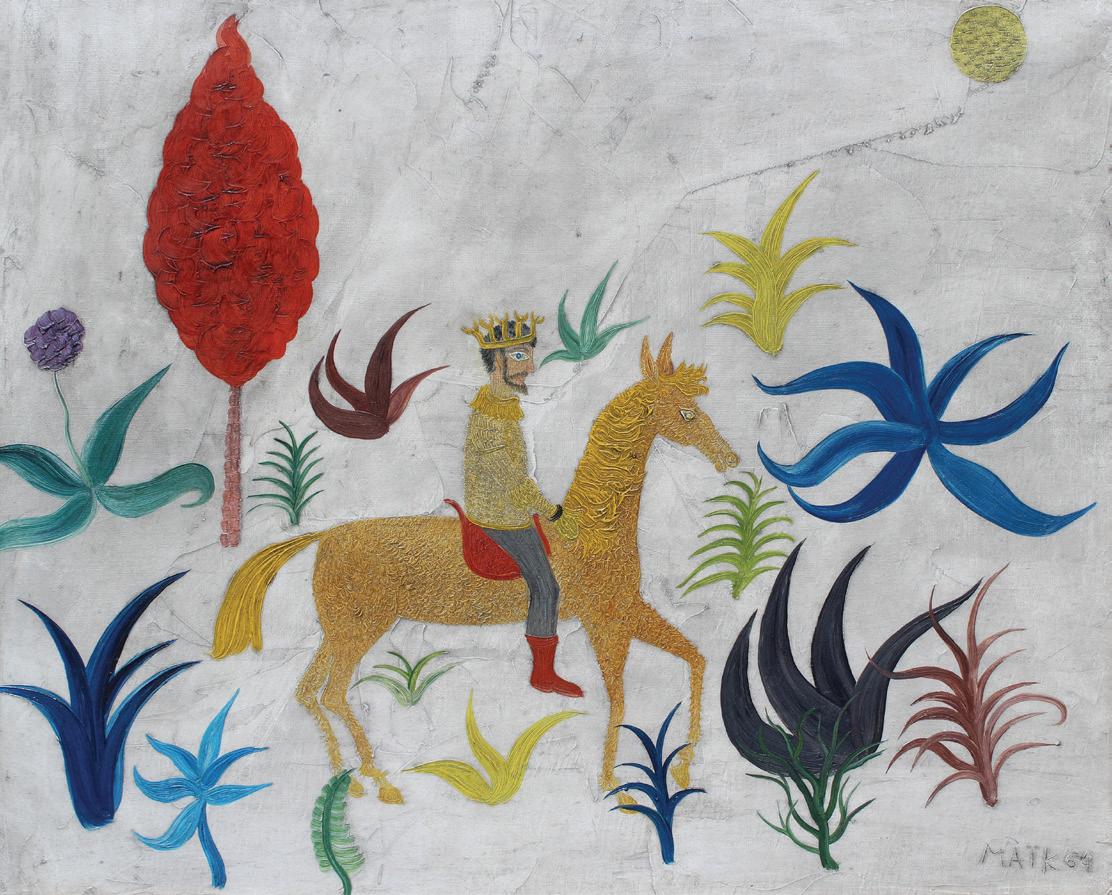


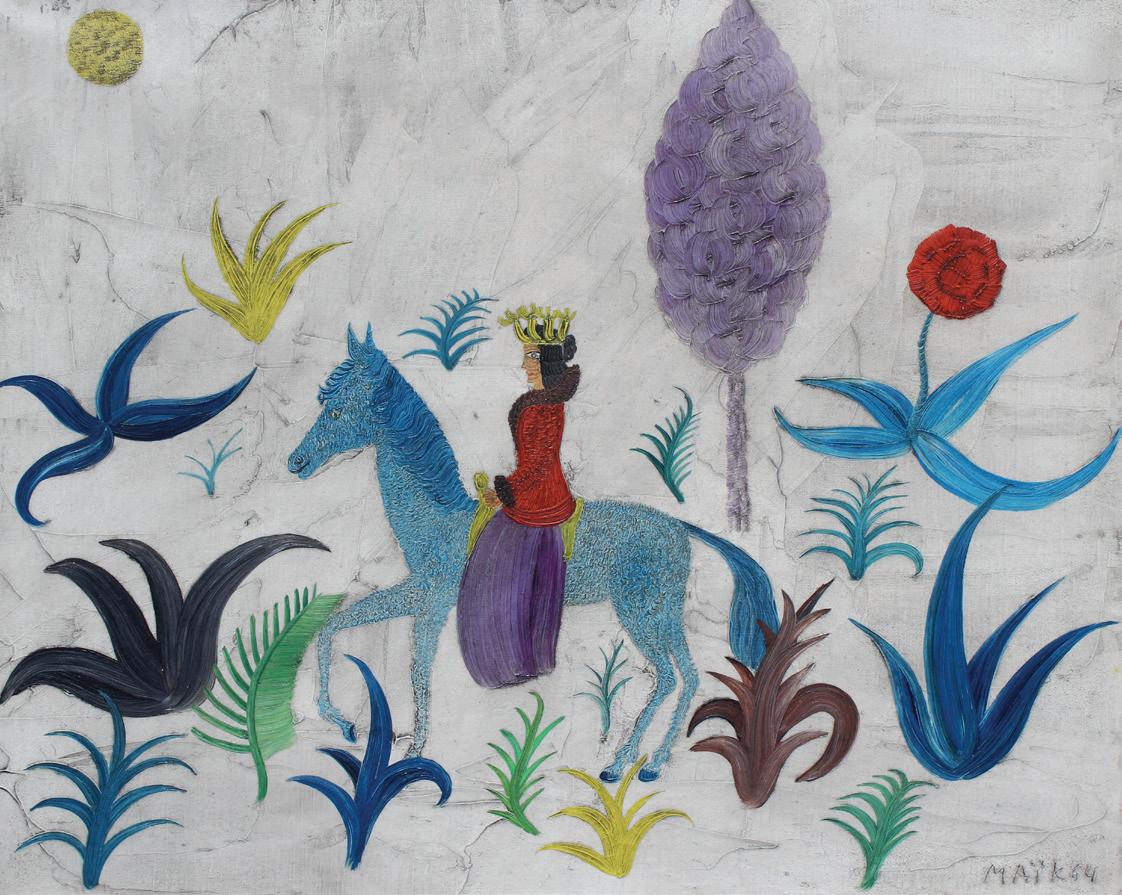 Henri Maïk | Le Roi, 1964 | oil on canvas | 13 x 16 1/8 in. | FG© 140788
Henri Maïk | La Reine, 1964 | oil on canvas | 13 x 16 1/8 in. | FG© 140789
Henri Maïk | Le Roi, 1964 | oil on canvas | 13 x 16 1/8 in. | FG© 140788
Henri Maïk | La Reine, 1964 | oil on canvas | 13 x 16 1/8 in. | FG© 140789




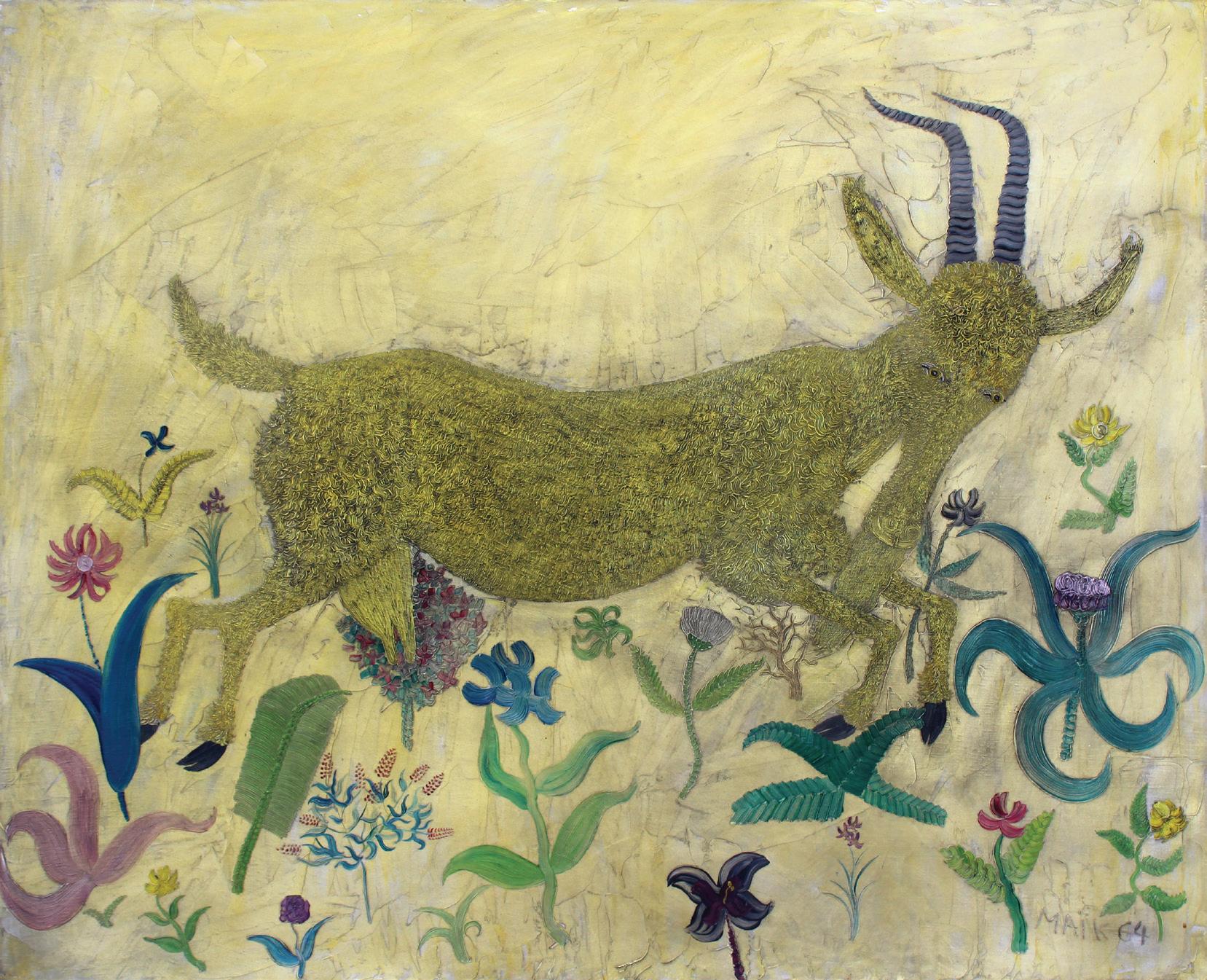


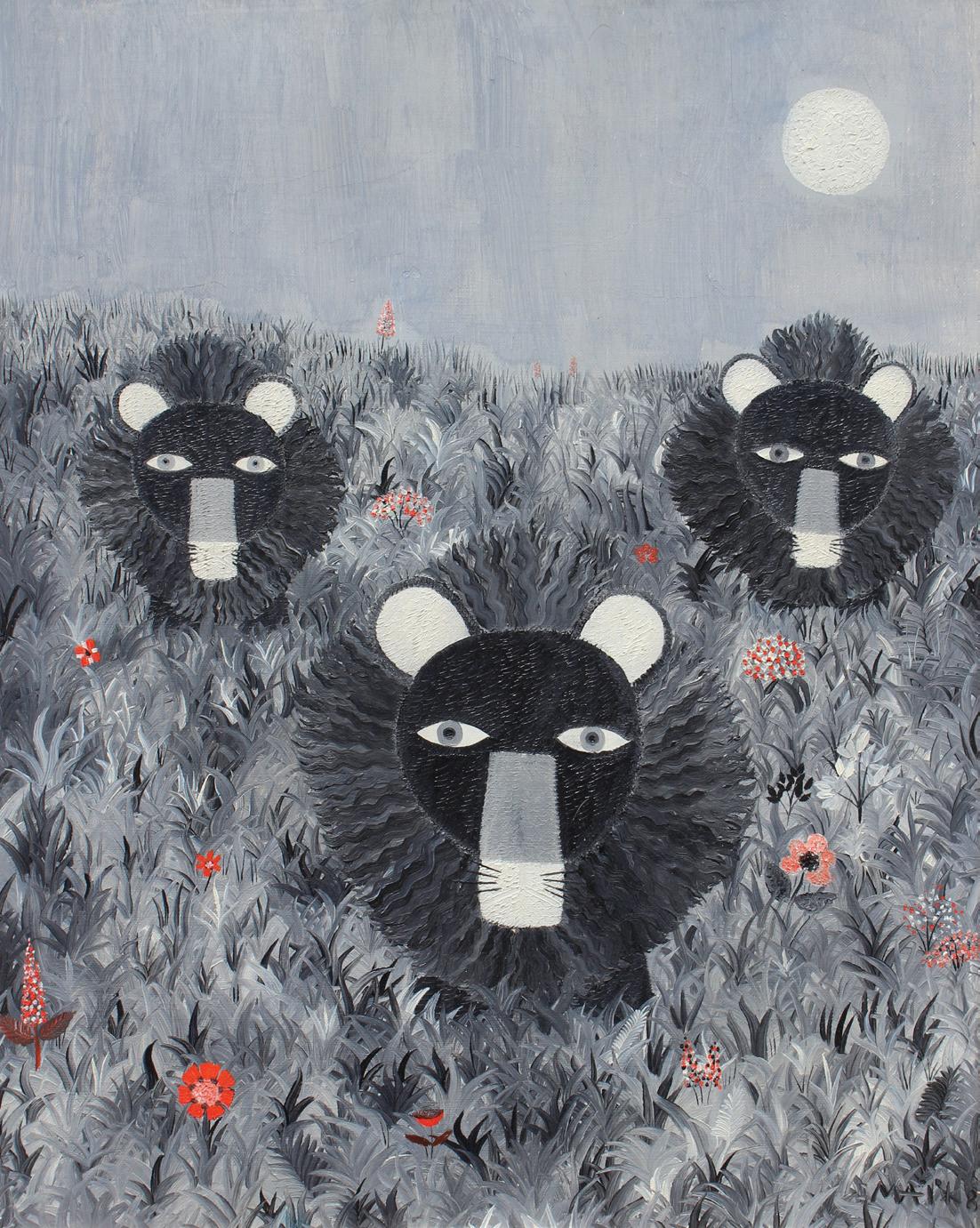


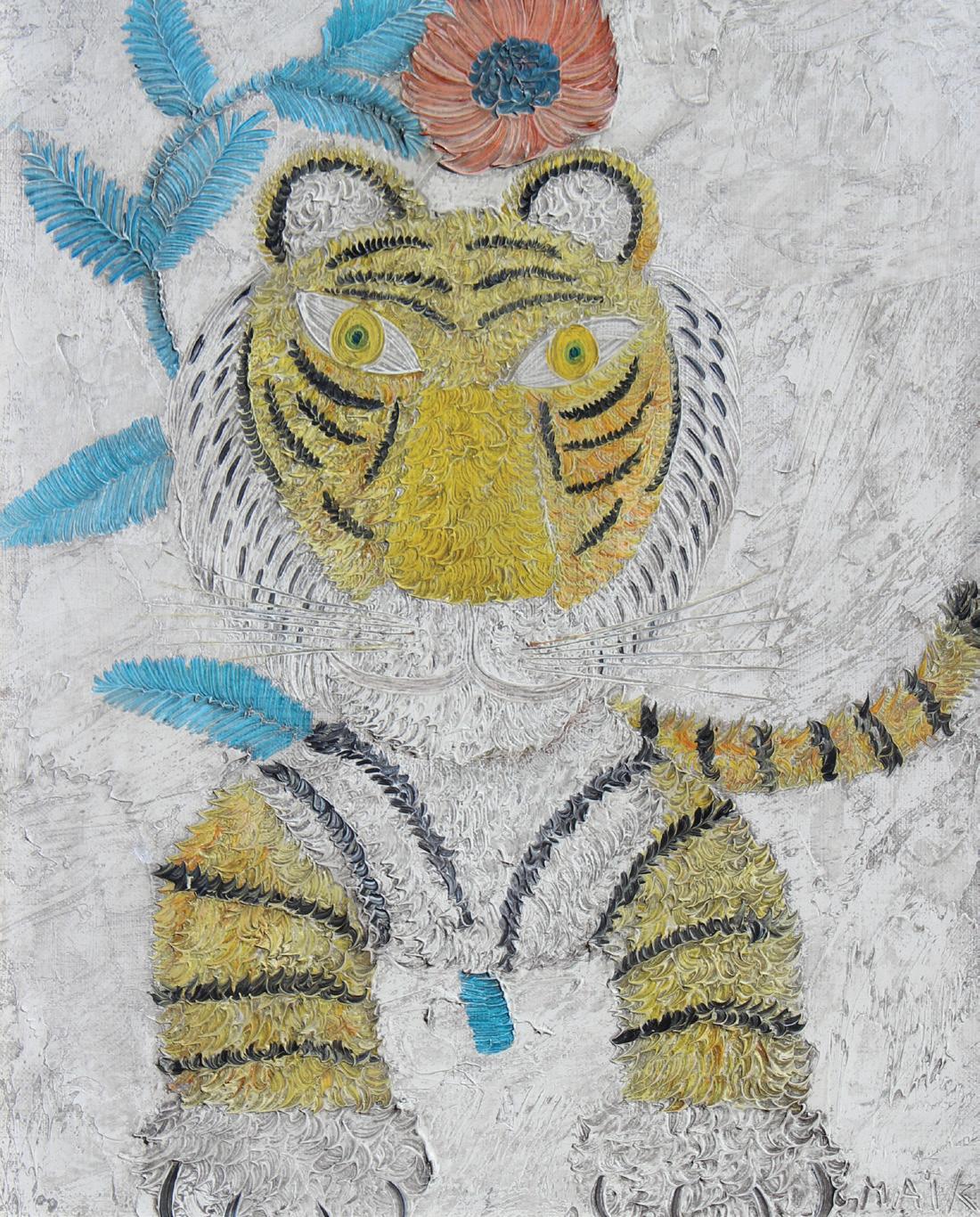

Born in Chile in 1941, Gustavo Novoa made his debut as an artist in the early 1960s selling watercolors and works in crayon on the streets of Paris, principally Montmartre. His first one-man show was sponsored by the Chilean Ambassador at the Maison de L’Amerique Latin in 1961. The late Queen Victoria Eugenia of Spain sponsored his second show in Lausanne, Switzerland, in 1962. By 1965, he had become an adopted “New Yorker.” Like many others, he admits to having been lured by the American dream.
A successful partnership with Guy Burgos and, later, Lady Sarah Churchill led to the opening of the Burgos Gallery on Manhattan’s East Side in 1965. Novoa’s style had evolved into textured oils. By the late sixties, however, his subjects had changed into the gentle jungle denizens that were to be his trademark.
“Bonds with reality are very hard to shake once you establish them.”
With this premise in mind, Novoa constructed a dream-like new jungle where the lion lies down with the zebra. Panthers and pandas share the shade with African monkeys and American raccoons. The radiant colors of Novoa’s luxuriant foliage seem to wield a mystical power of bringing together predator and prey, the meek and the strong.
Gustavo Novoa continues to re-invent his menagerie in ways that both surprise and delight. From his black and white visions of his natural utopias, to the colorful opt-art compositions and everything in between, Novoa’s sense of color, his precise craftsmanship and his penchant for imbuing his animals with a sense of self, continues to capture the hearts of art lovers and collectors from many different generations and from all over the world. Findlay Galleries has exclusively represented Gustavo Novoa since 1971.




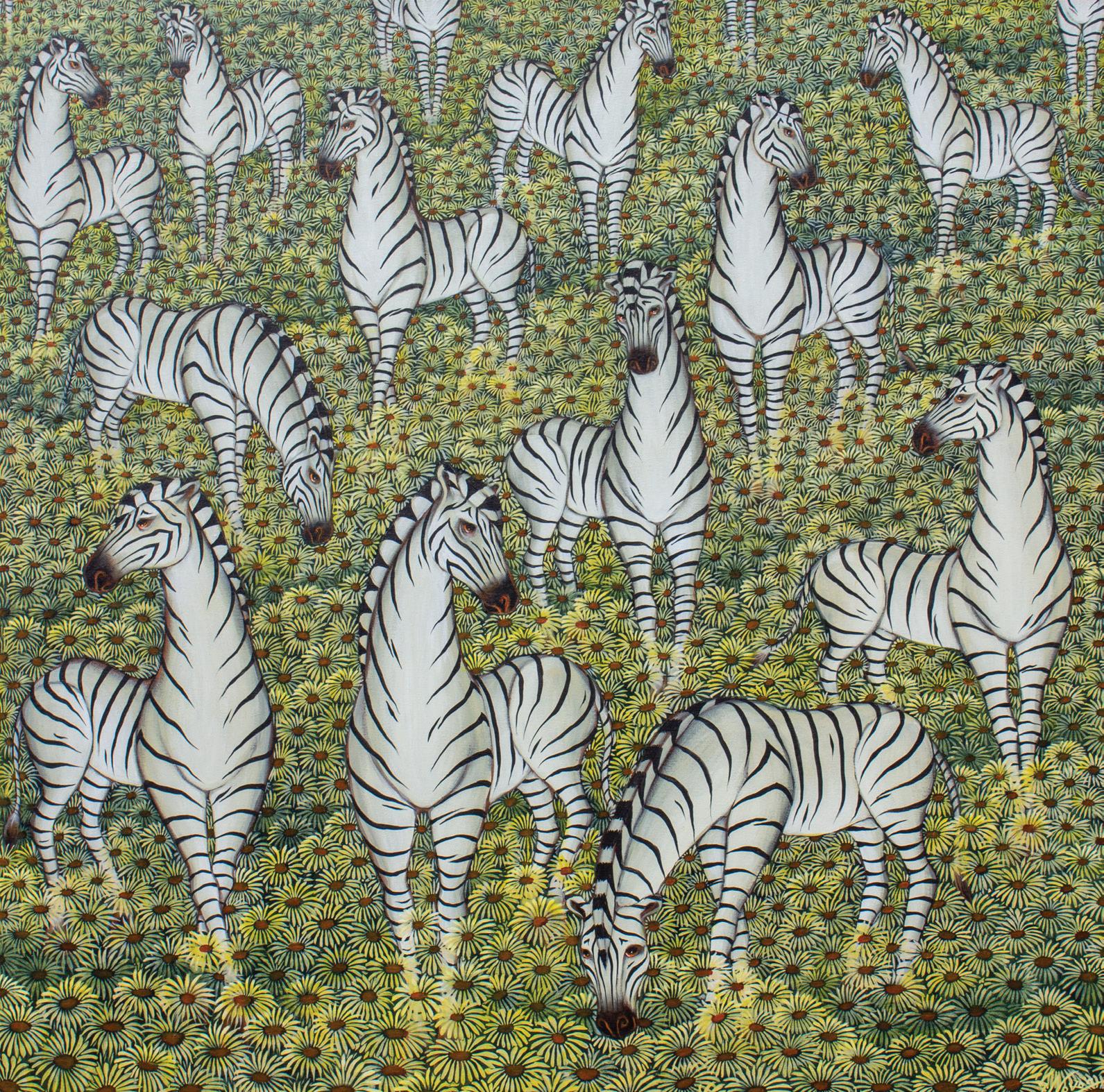 Gustavo Novoa | Yellow Brick Road I | acrylic on canvas | 36 x 36 in. | FG© 133987
Gustavo Novoa | Yellow Brick Road I | acrylic on canvas | 36 x 36 in. | FG© 133987




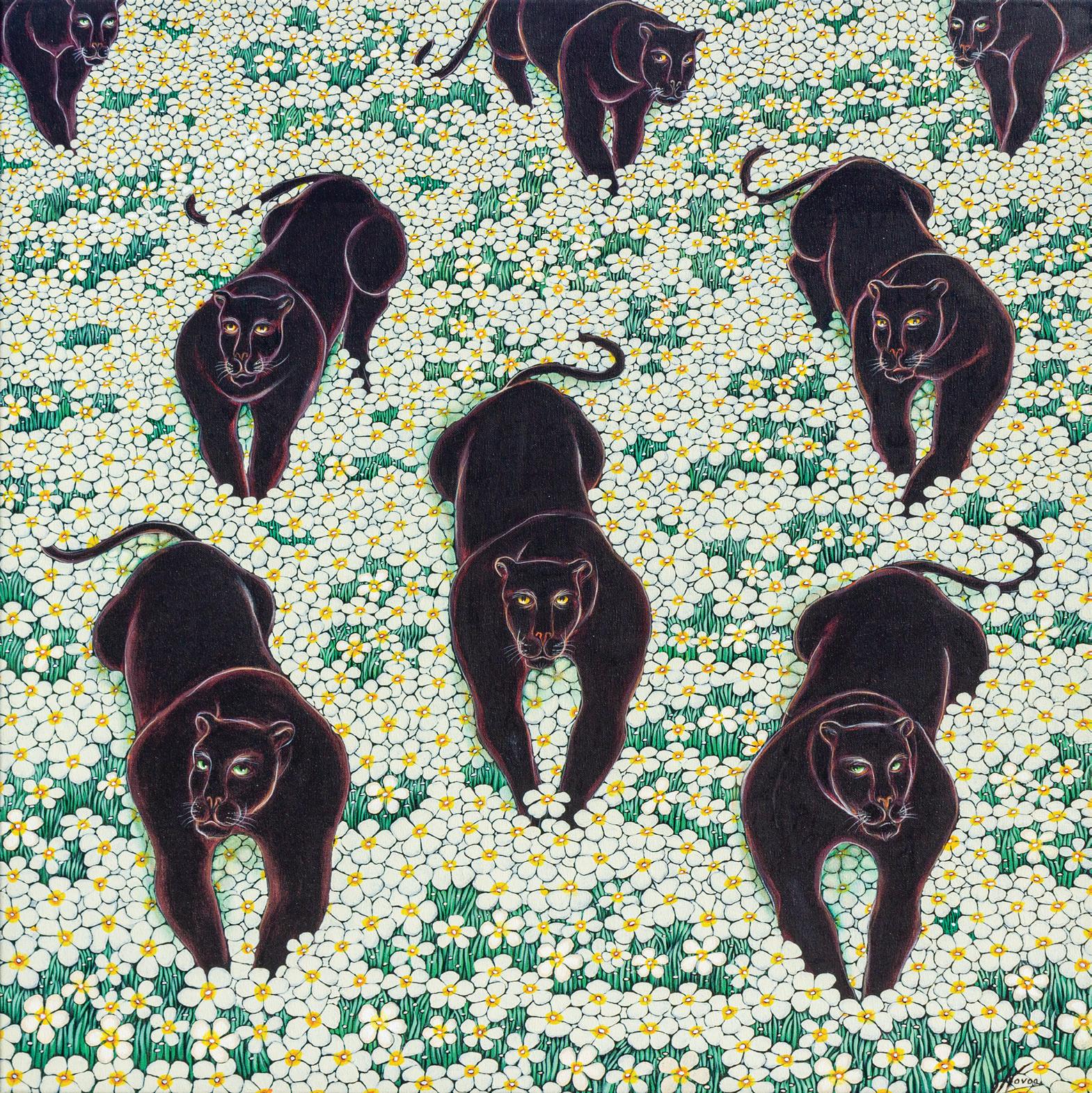







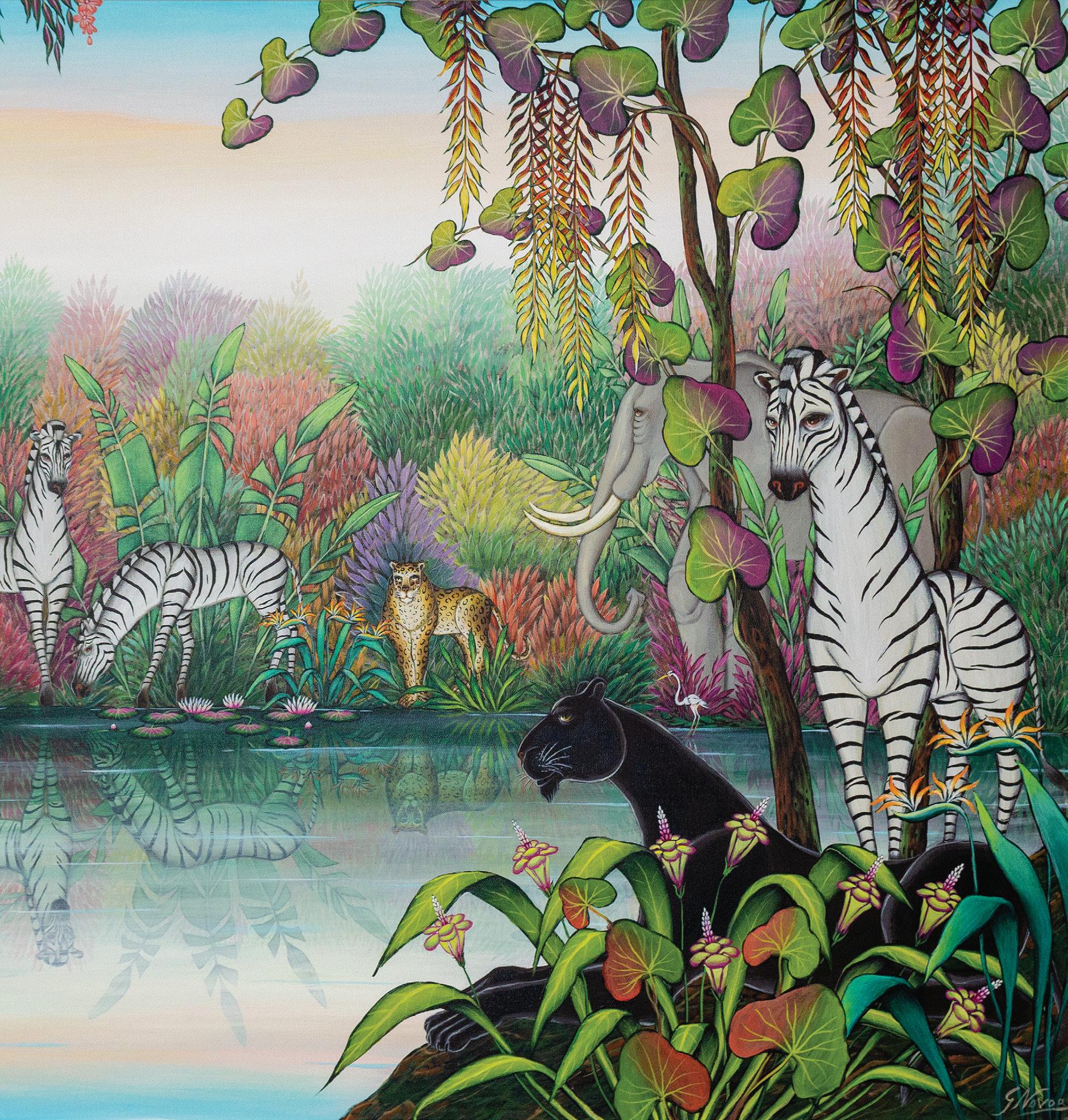




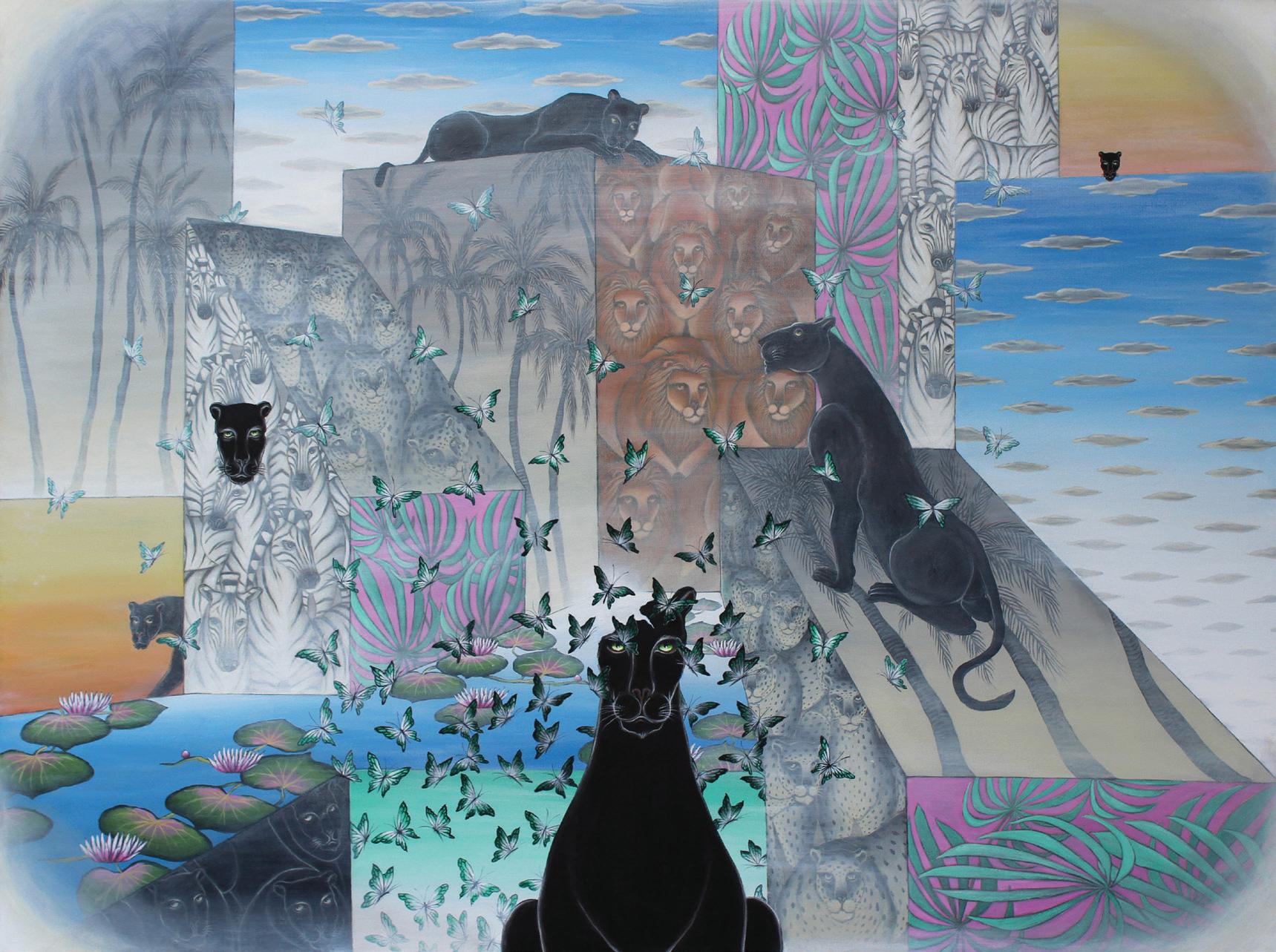








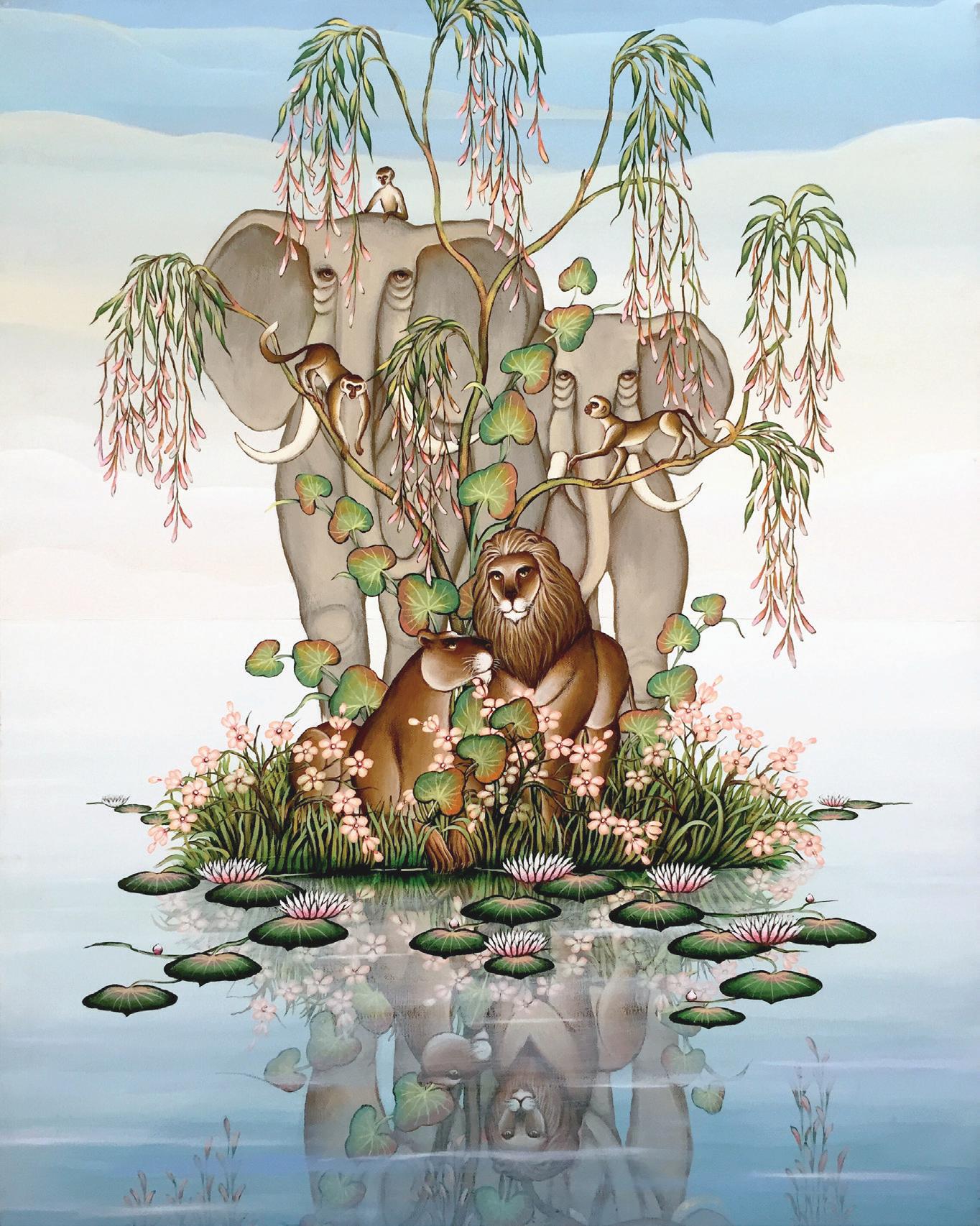







 Gustavo Novoa | The Outpouring | acrylic on canvas | 30 x 24 in. | FG© 140637
Gustavo Novoa | The Outpouring | acrylic on canvas | 30 x 24 in. | FG© 140637


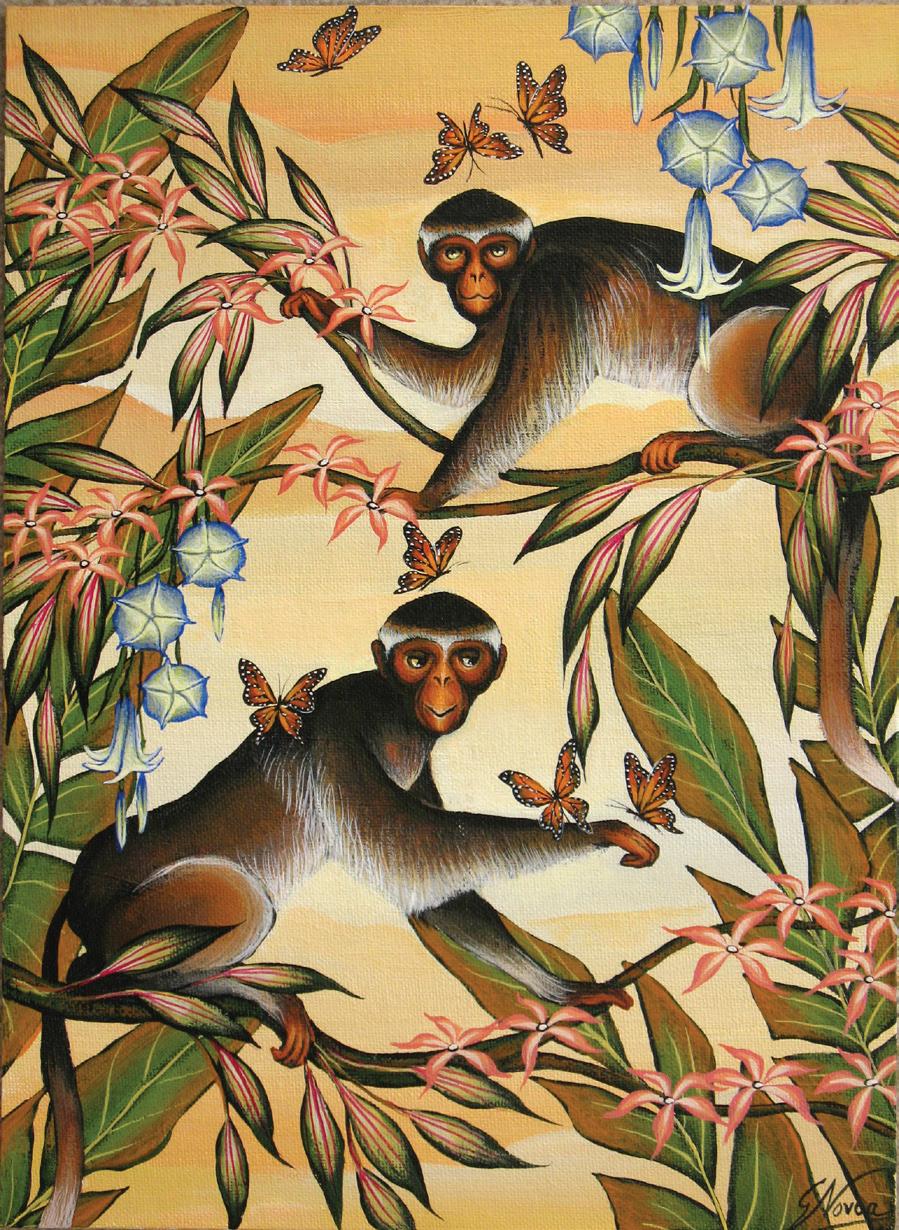



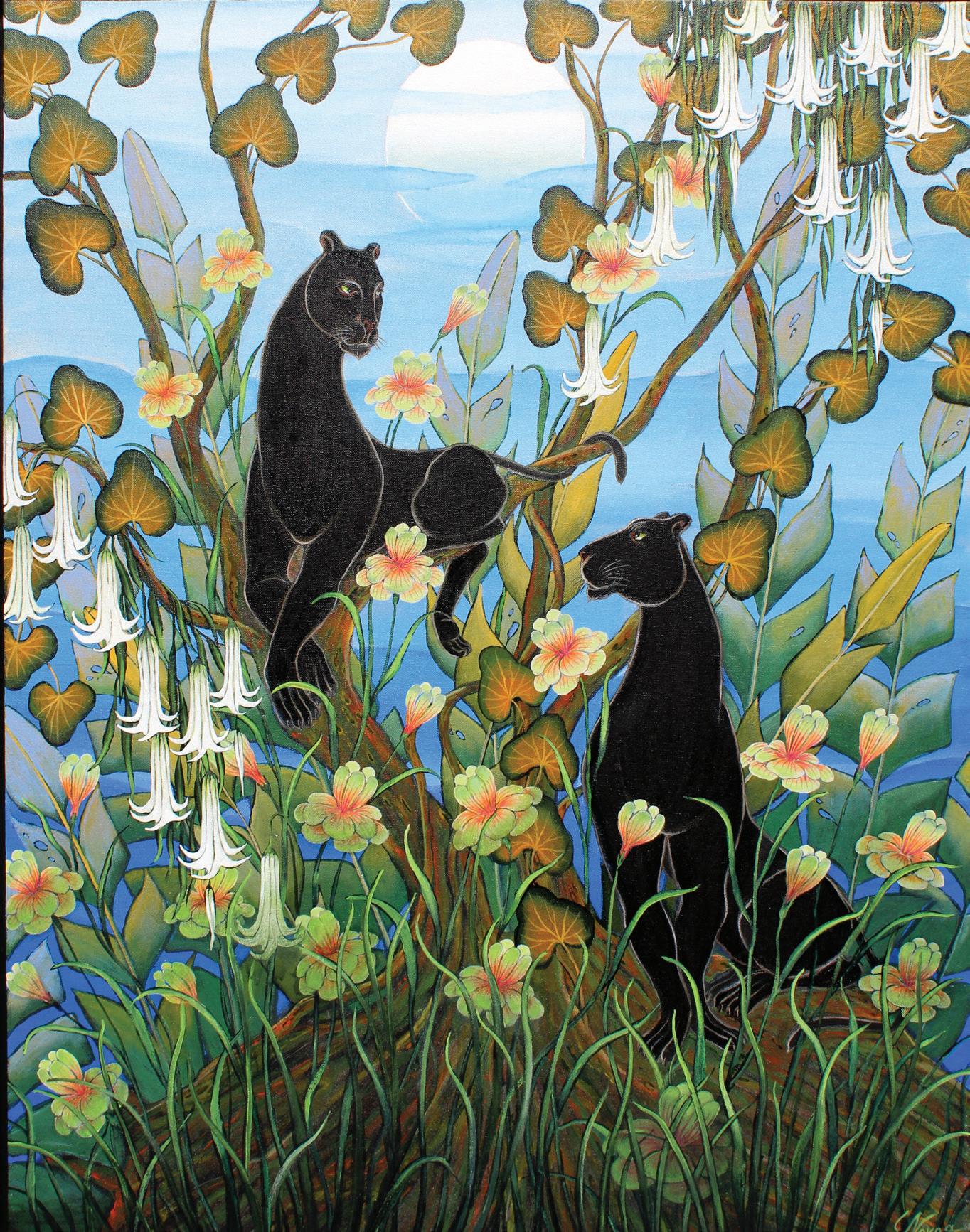




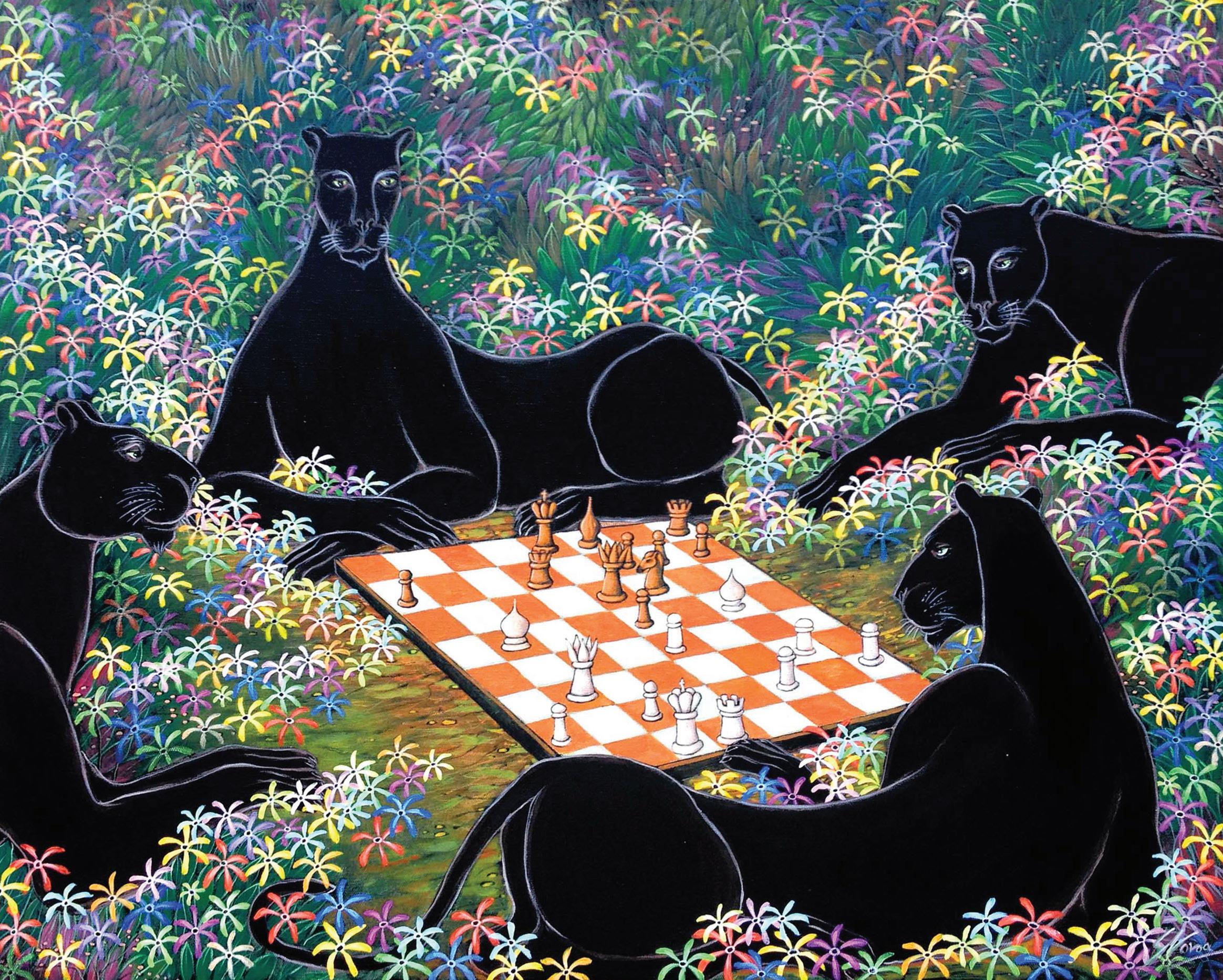


 Camille Bombois | Le Cirque | oil on canvas |
Camille Bombois | Le Cirque | oil on canvas |
Bombois was born in 1883 in the Côte-d’Or, France, in humble circumstances. His childhood was spent living on a barge and attending a local school until the age of twelve when he became a farm worker. During his free time, he drew and competed in wrestling competitions at local fairs. He became a champion wrestler before joining a traveling circus as a strongman and wrestler.
In 1907, Bombois moved to Paris where he married his wife and worked at a newspaper printing plant at night. Despite the exhausting nature of his job, he painted from dawn to dusk, sleeping little. He showed his paintings in sidewalk exhibitions, but his earliest paintings, revealing the influence of the old masters in their subdued use of color, attracted few buyers.
1914 marked the beginning of four-and-a-half years of military service in World War I. Bombois spent much of it on the front line, earning three decorations for bravery. Upon his return home, encouraged that his wife had succeeded in selling many of his paintings in his absence, he resumed his routine of night labor and daytime painting. In 1922, his sidewalk displays in Montmartre began attracting the attention of collectors. The art dealer Wilhelm Uhde “discovered” him in 1924 and exhibited Bombois’ work in the Galeries des Quatre Chemins in 1927. In 1937, his works were shown in the exhibition “Maîtres populaires de la réalité” in Paris and had his first solo show in 1944 at the Galerie Pétridès. Shortly thereafter, Wally Findlay introduced Bombois to the American market and represented him there until his death in 1970.
Paintings from Bombois’ late career are bold in color, featuring strong contrasts of black, bright reds, blues and electric pinks. Drawing from his own experiences, he often painted circus performers and landscapes with fishermen. His paintings of women are emphatic in their carnality, and his landscapes are notable in their careful attention to space and the effects of reflected light on water. Findlay Galleries is delighted to continue to present the finest examples of his work.







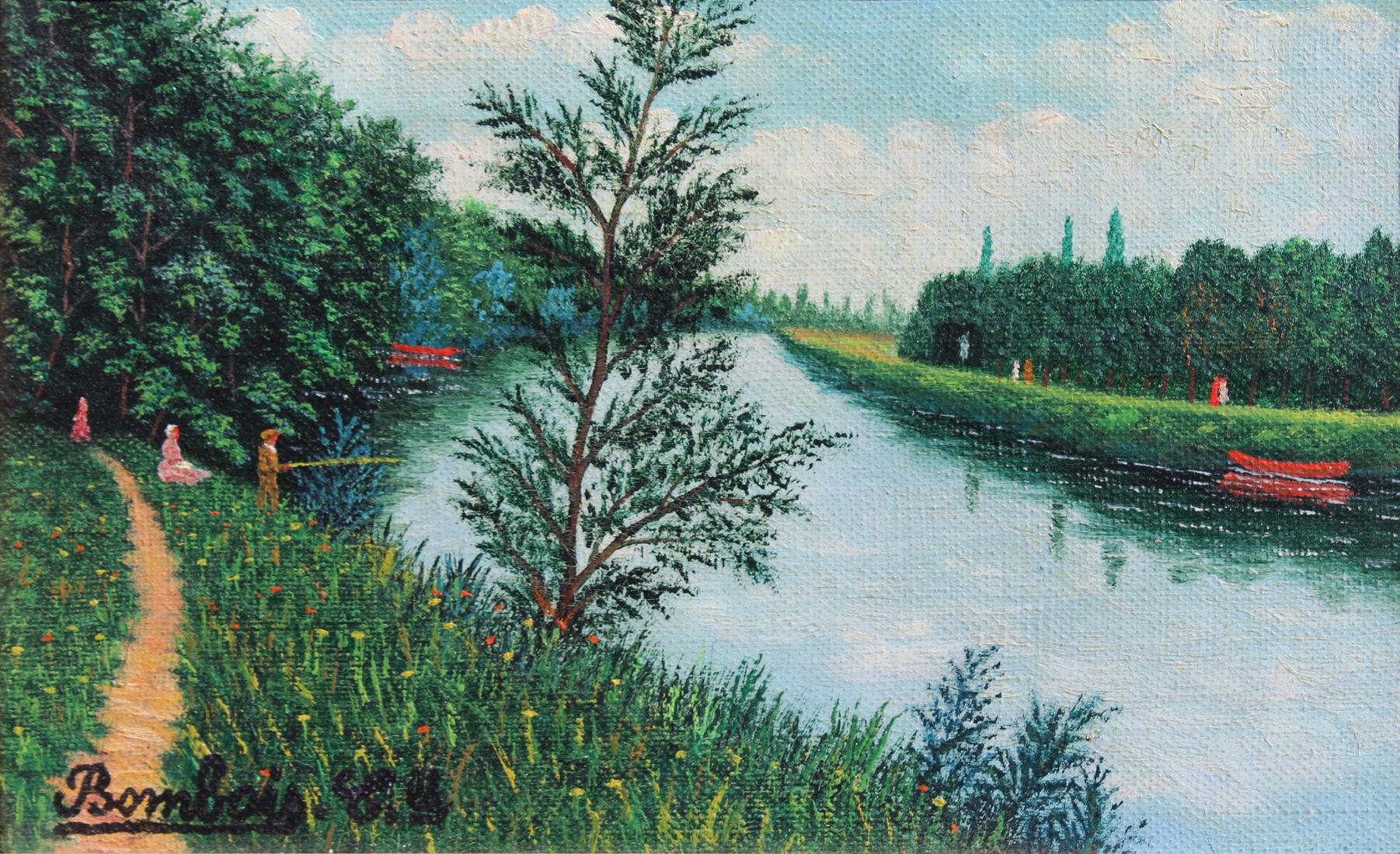

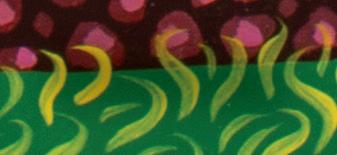
Ljubomir Milinkov’s primitive paintings met with almost instant success. In 1967 Milinkov left Paris for America, and after five years, he became an American citizen.
Tall and dark, Milinkov’s appearance is a striking contrast to the small paintings he creates with infinite patience. He paints an average of ten hours a day, and each painting represents three to four weeks of work. Milinkov’s work is astonishingly rich and varied.
Though his central theme is peasant life, he finds new facets of that life each time he paints. His exuberance for living is expressed by his joyous use of color.
On one occasion, Milinkov was asked what message he wished to transmit in his paintings. He replied, “A message? That’s a rather pretentious word. It is enough for me to know that I bring a little joy to those who purchase my paintings.” The essence of Milinkov’s work lies in those words, for joy is the quality imparted by his paintings.




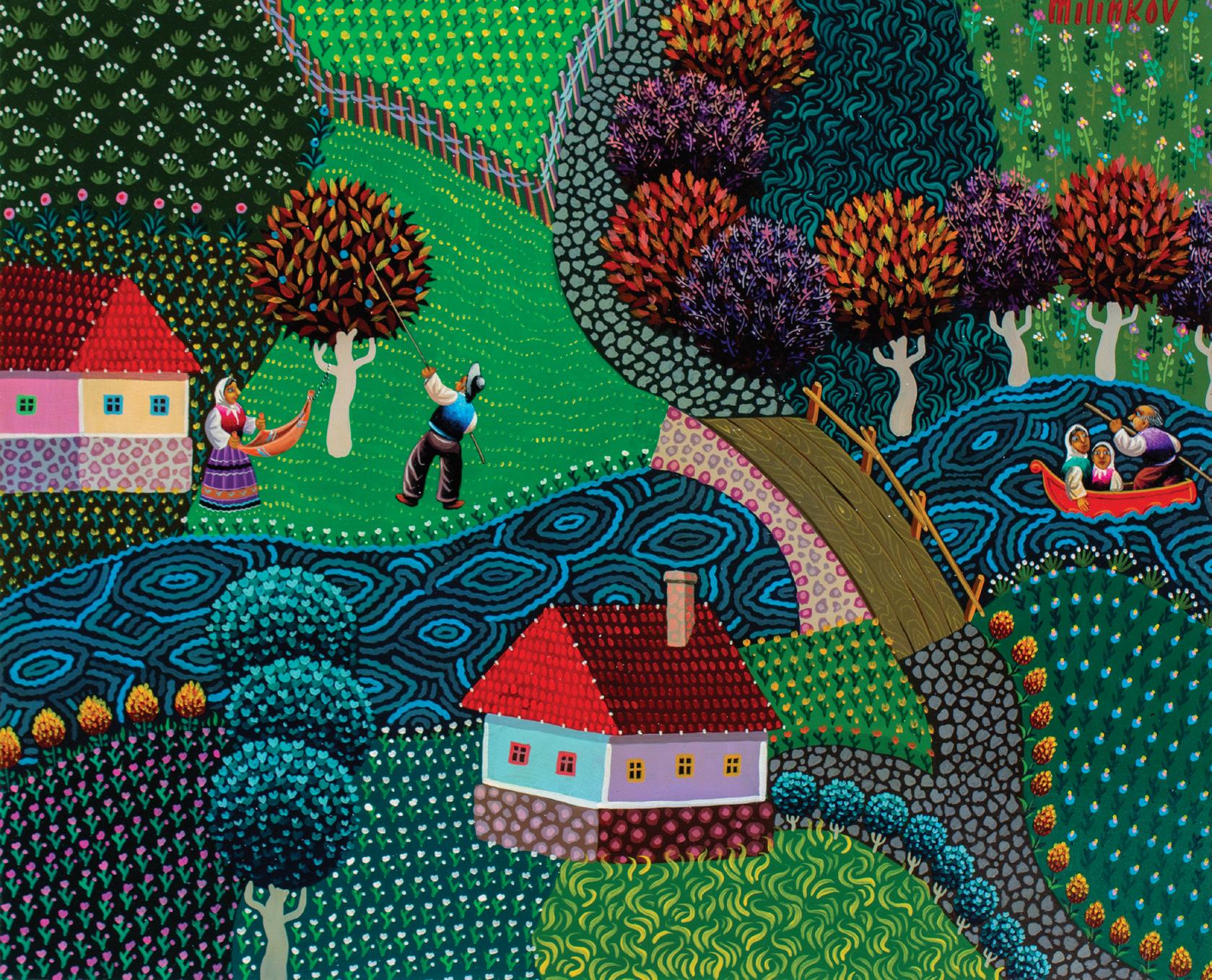




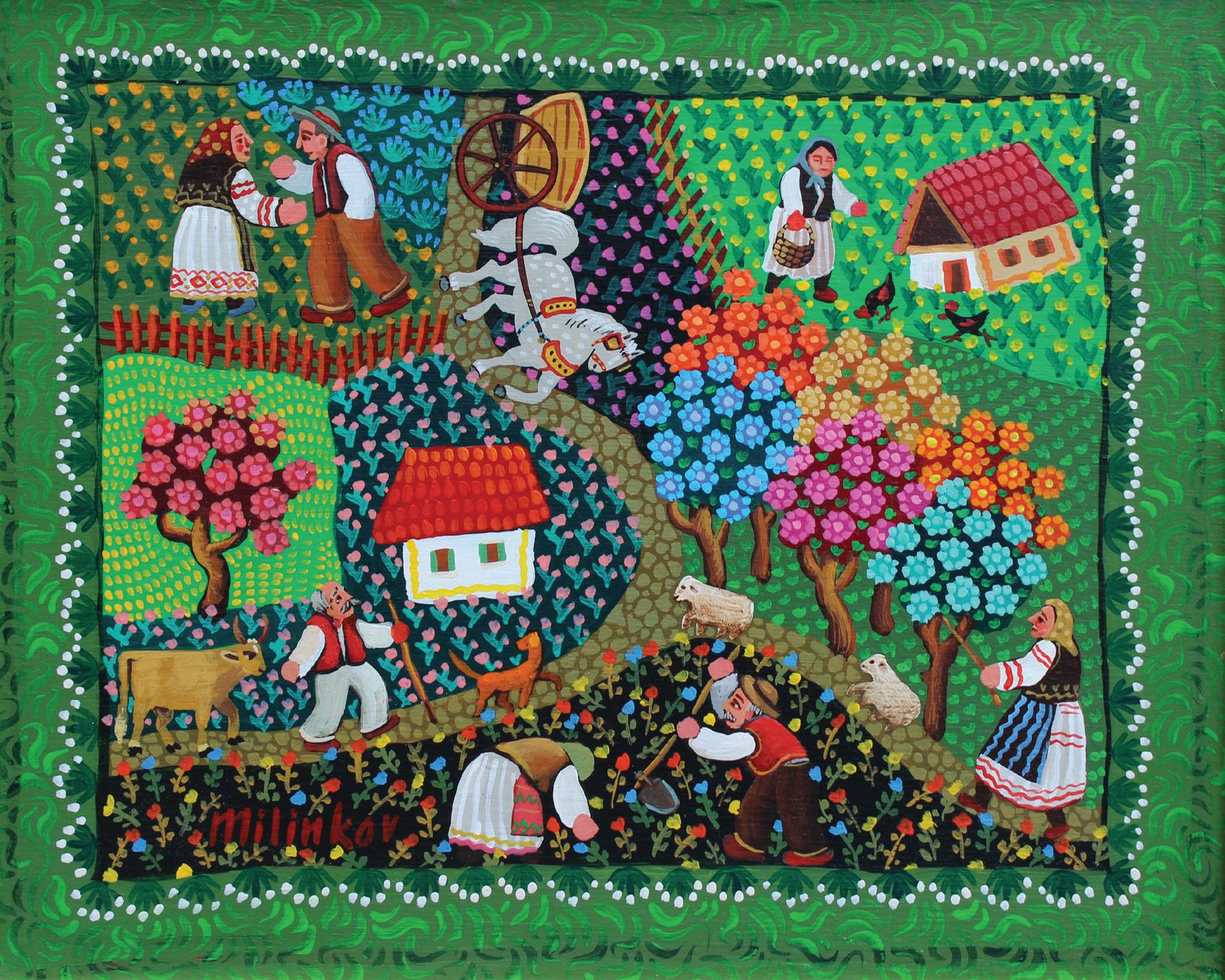





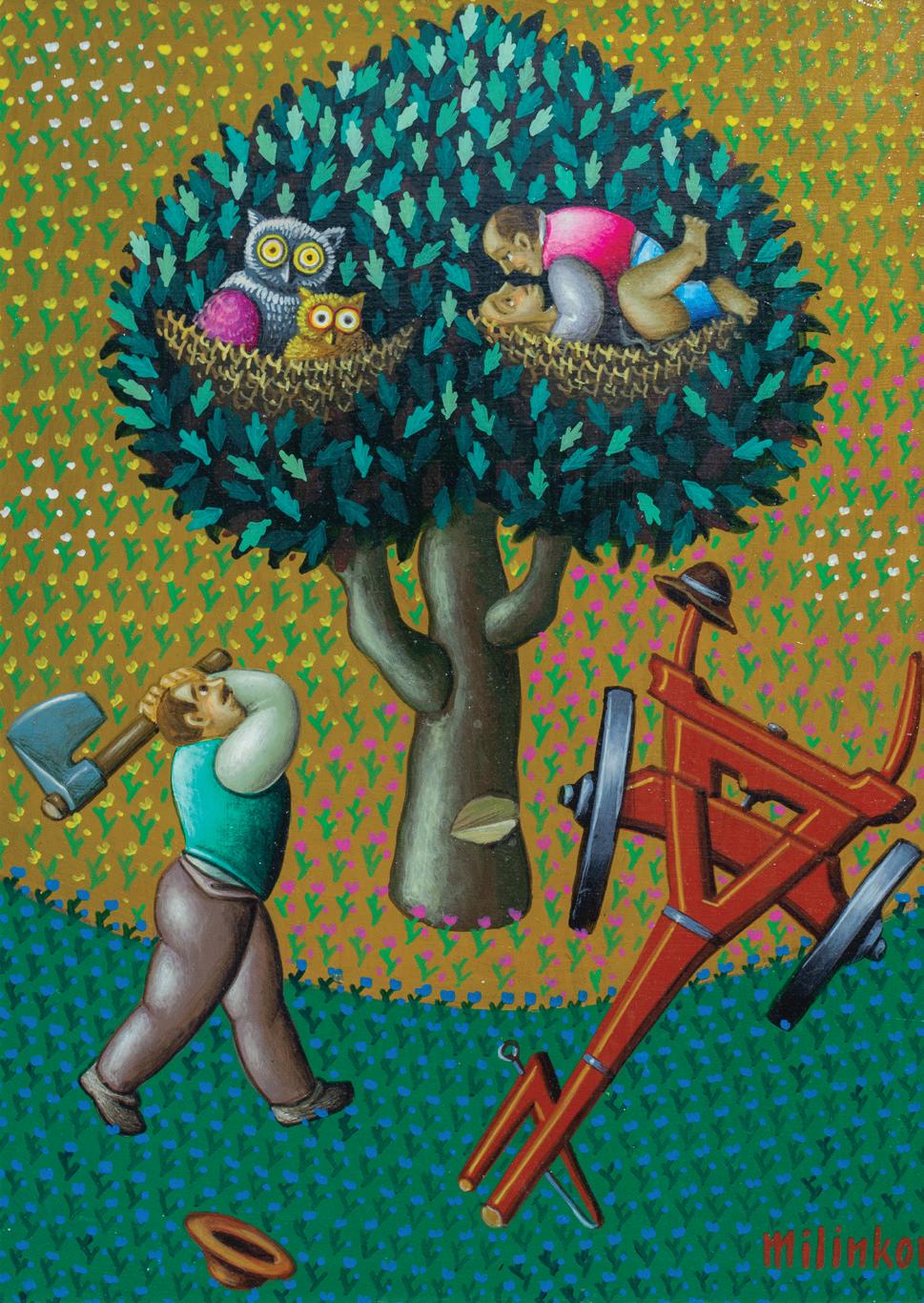



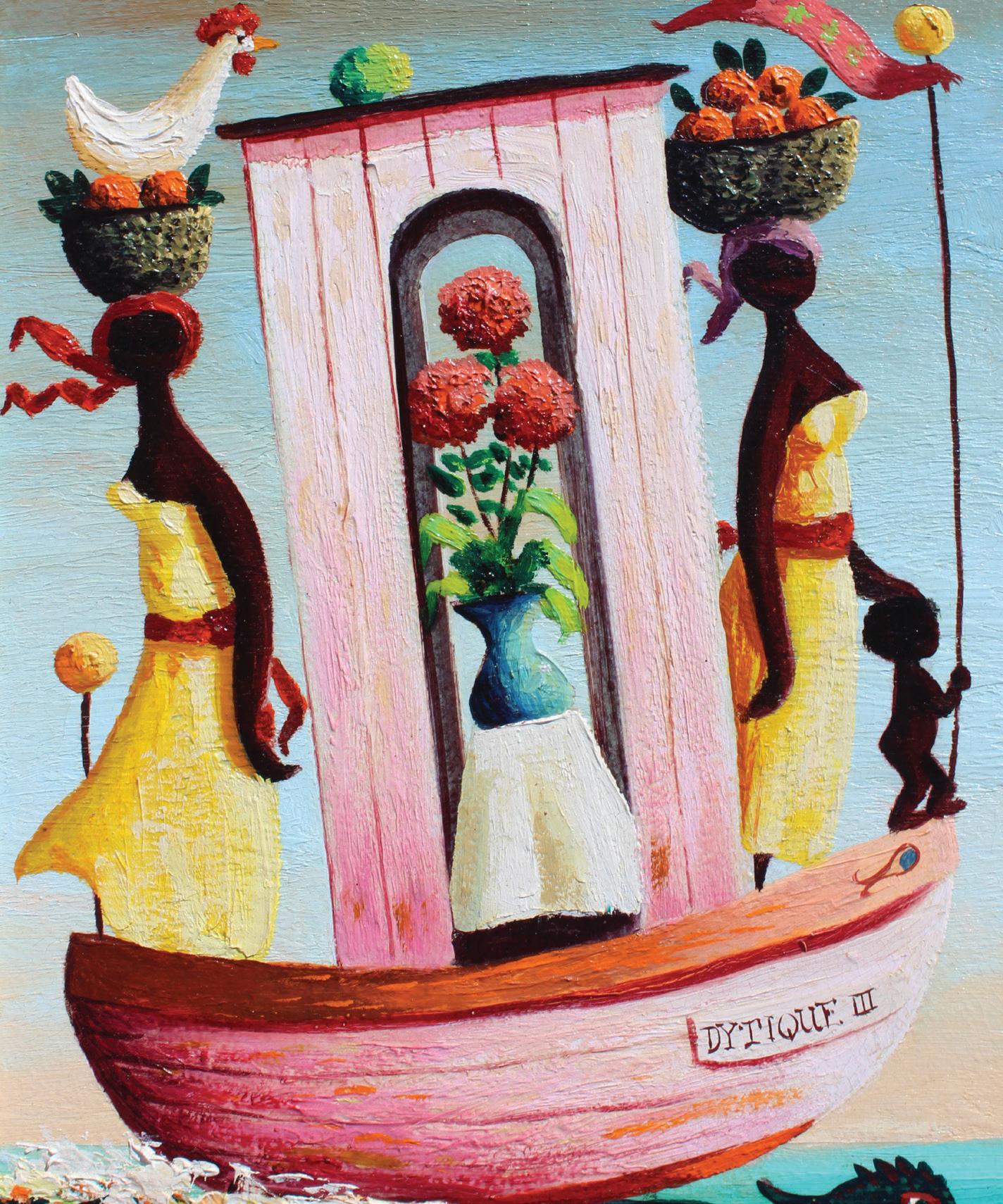
Orville Bulman, a self-taught mid twentieth century modern artist, was born in 1904 in Grand Rapids, Michigan. While helping his father run the company, Bulman’s true artistic calling was too loud for him to ignore. After devoting himself to the corporation in the twenties and thirties, he would dedicate the rest of his life to painting.
In 1946, Bulman began spending time in Palm Beach and adopted it as his second home, exhibiting frequently in one-man shows at the renowned Worth Avenue Gallery. He traveled extensively throughout Florida, Louisiana and Alabama to paint African American inspired genre scenes. These poignant parties of the segregated south brought national attention to his art.
During the early 1950s, Bulman saw pictures of Haiti and admired the island’s style, verve and gracefully trimmed houses with lacy appliqué carved wood. He visited the island for the first time in 1952 and later traveled to other Caribbean islands. Bulman loved Haiti and its people and felt that they were the best inspiration for further work. He lived with the islanders in the rustic hills for a time and felt like he was a part of their village, deeply experiencing their religion, humor, and lifestyle and respecting their way of life far better than other Americans. The Haitians loved his art and encouraged him to continue creating his whimsical scenes of elegant women and men and playful children.
In the 1950s, 1960s, and 1970s, his popularity burgeoned throughout Palm Beach, New York, California, and the Midwest and Europe. He became the darling of society and Hollywood, and consistently selling out one man shows in venues throughout the United States and Europe. By his death in 1978, Bulman had exhibited in 41 one-man shows. In his own words, Bulman’s art was created because, “When I first started to paint years ago, there was so much sadness, strife and outright mayhem in work back then that I decided to bring, if I could, some laughter into painting.”




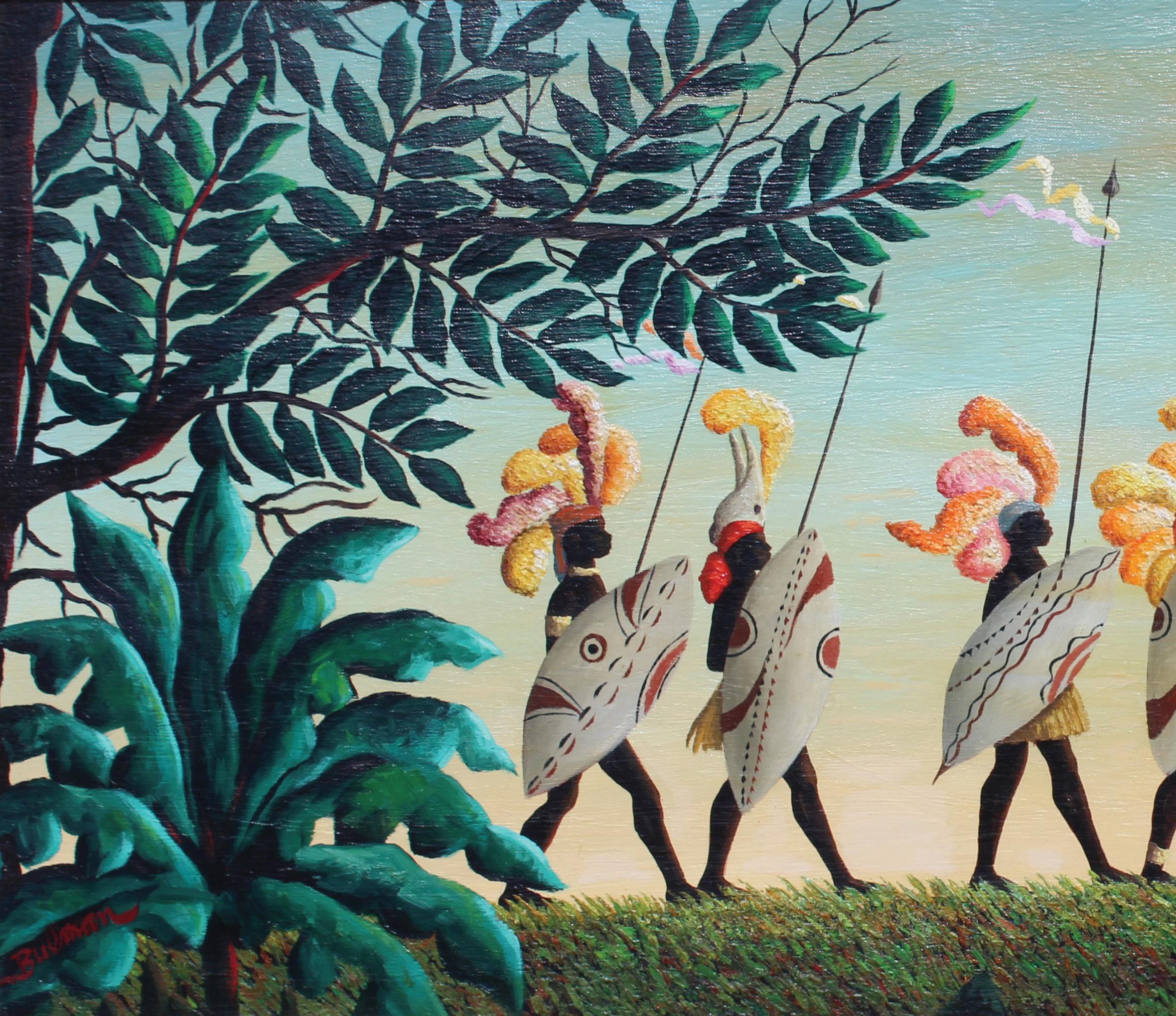








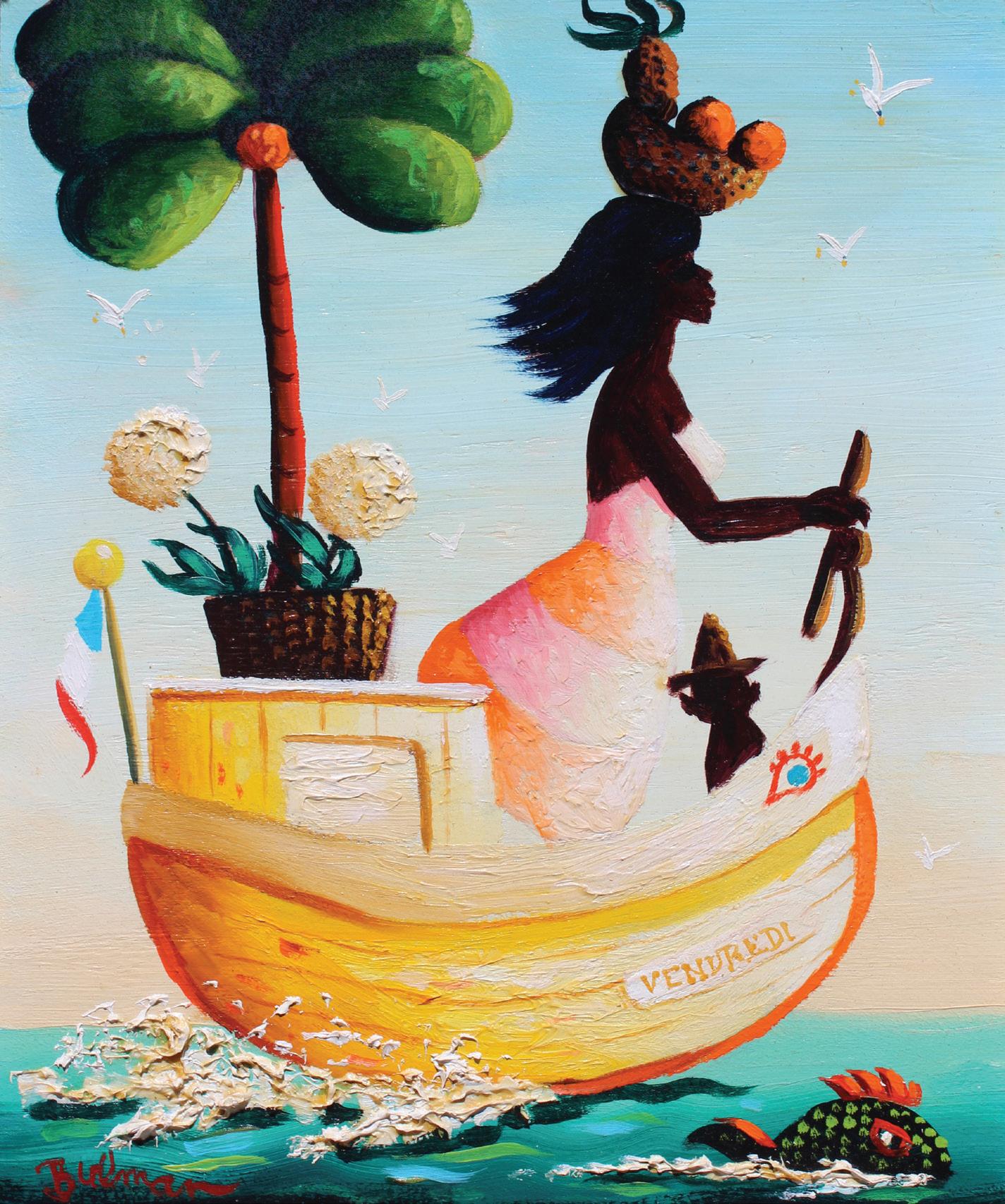 Orville Bulman | Le Barque Vendredi, 1975 | oil on panel |
Orville Bulman | Le Barque Vendredi, 1975 | oil on panel |
 Orville Bulman | Fisherman’s House, 1969 | oil on canvas | 10 x 8 in. | FG© 140660
Orville Bulman | Fisherman’s House, 1969 | oil on canvas | 10 x 8 in. | FG© 140660

